Mazda MX-81 Aria Concept
Everyone knows the Mazda MX-5, many probably also the new MX-30. Some readers may also remember the MX-3 and MX-6, both of which were represented in the Mazda model range from 1991. However, hardly anyone has any memories of the very first vehicle with the abbreviation MX in its name. It debuted as a concept car and, after a few appearances in the spotlight, disappeared into a dark hall at Mazda’s headquarters in Hiroshima. Unlike many other prototypes and concept cars, however, this vehicle has survived to this day as a result. Two years ago, former MX-5 program manager and rotary engine developer Nobuhiro Yamamoto discovered the car by chance in said warehouse. The decision to completely restore the car quickly matured.
First MX model was based on the 323
The world premiere of the Mazda MX-81 Aria Concept took place at the Tokyo Motor Show in 1981. Mazda worked specifically with an external partner on the design. This was found in the design house of Bertone. The young designer Marc Dechamps was working there at the time and was in charge of this project. He designed a wedge-shaped compact car based on a chassis from the then current Mazda 323. In addition to the gold-colored paintwork, the pop-up headlights were particularly eye-catching on the outside. Together with the high-mounted taillights, those headlights actually made it into production. However, the MX-81’s interior was the real standout feature, with TV screens, front seats that swung to the side and a rectangular steering wheel directly in front of the instruments.
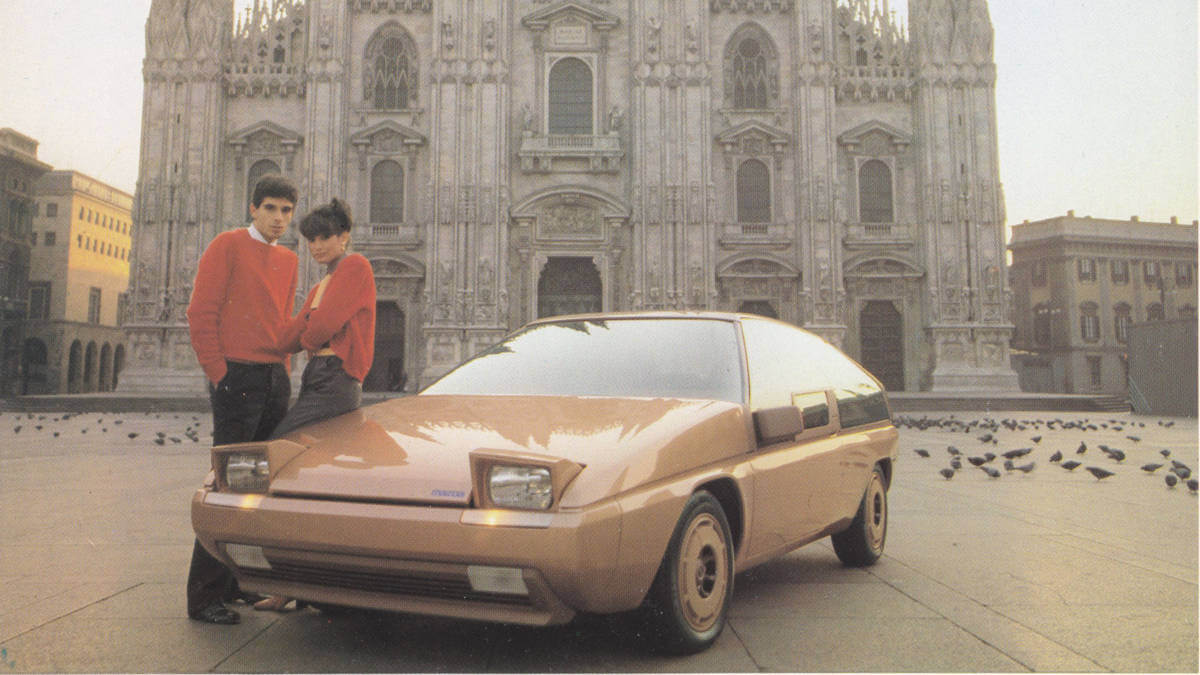



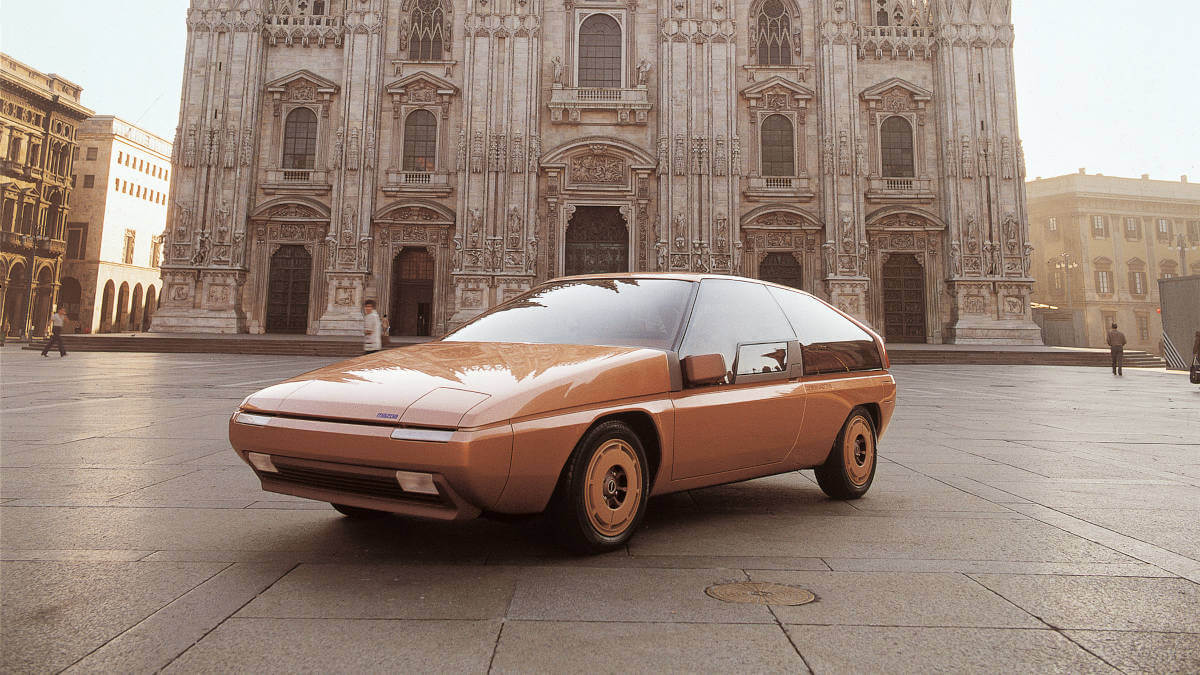



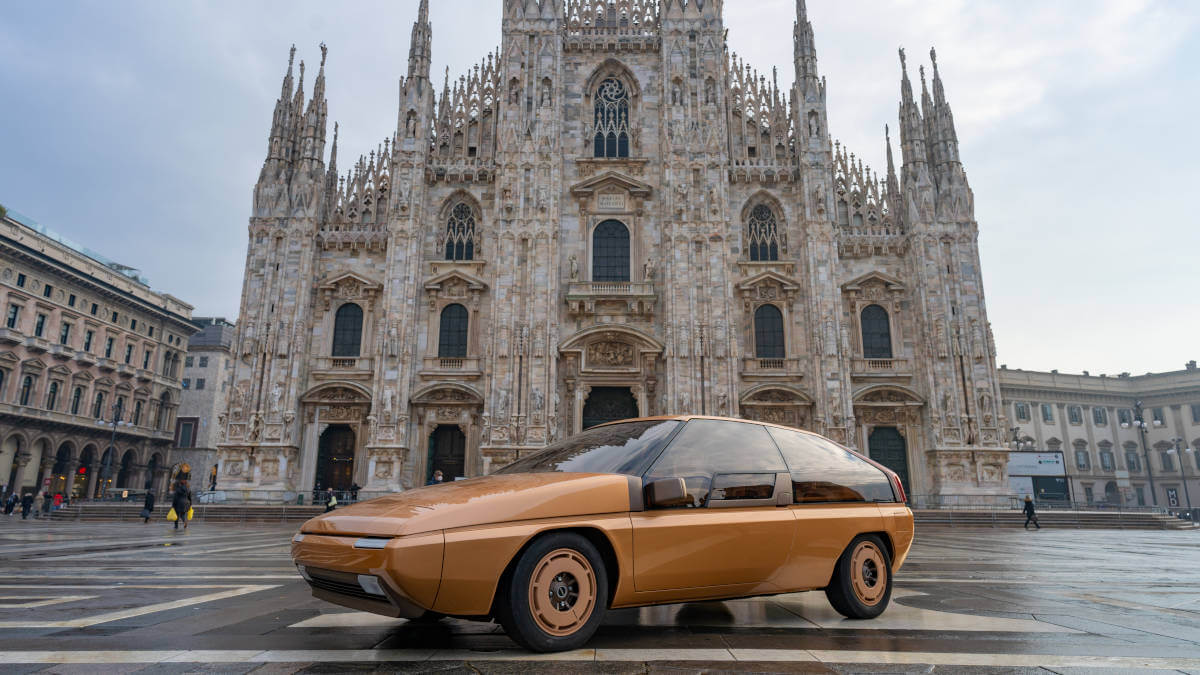



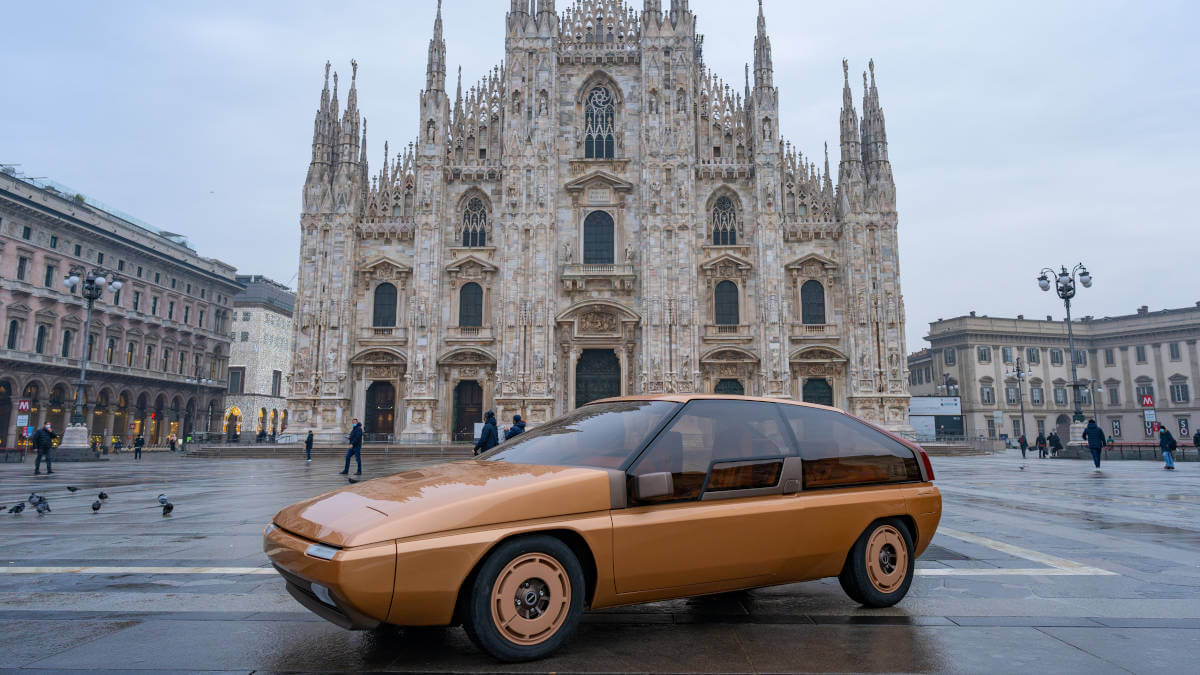



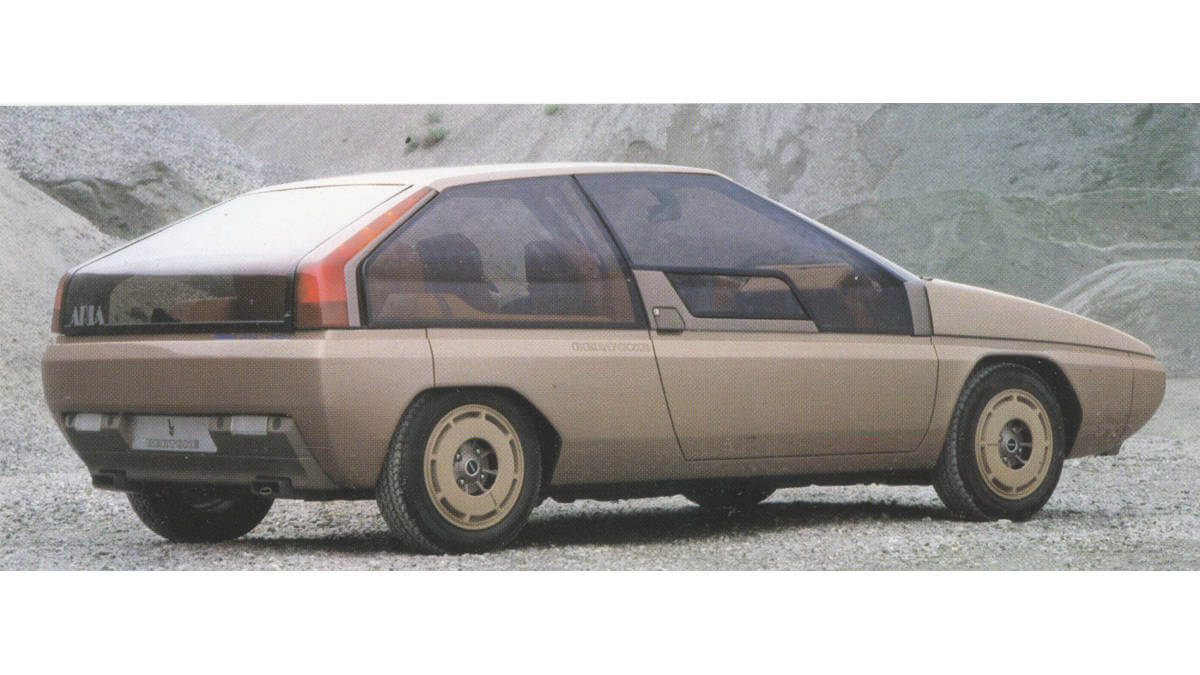



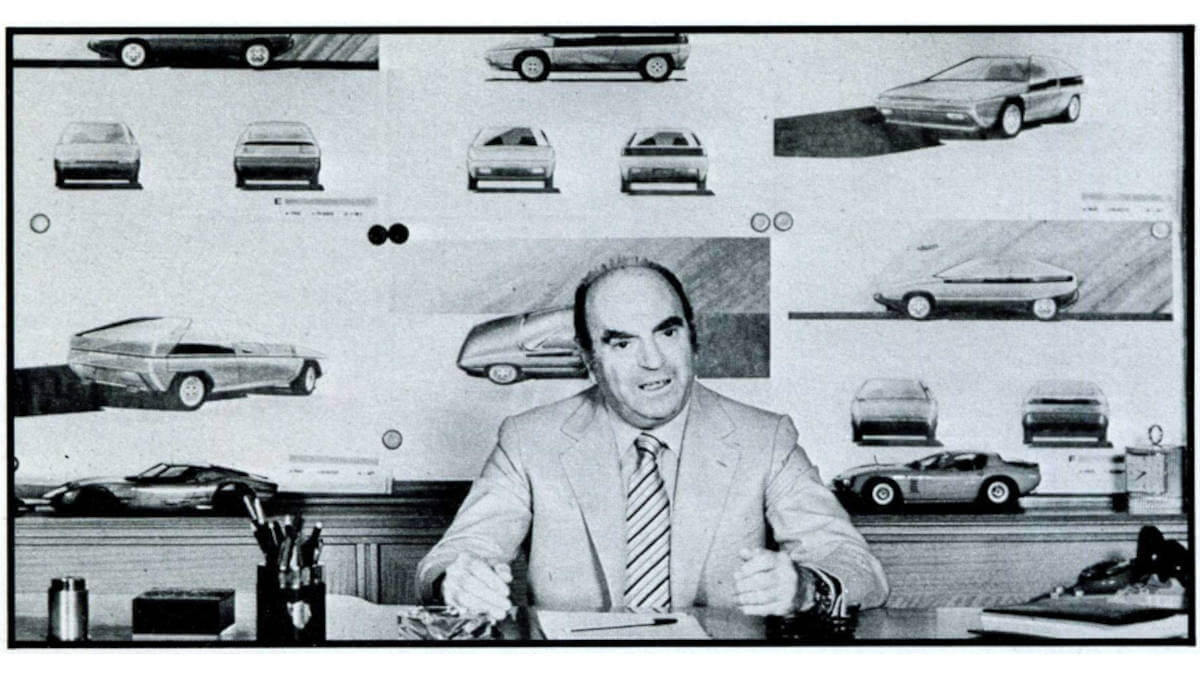



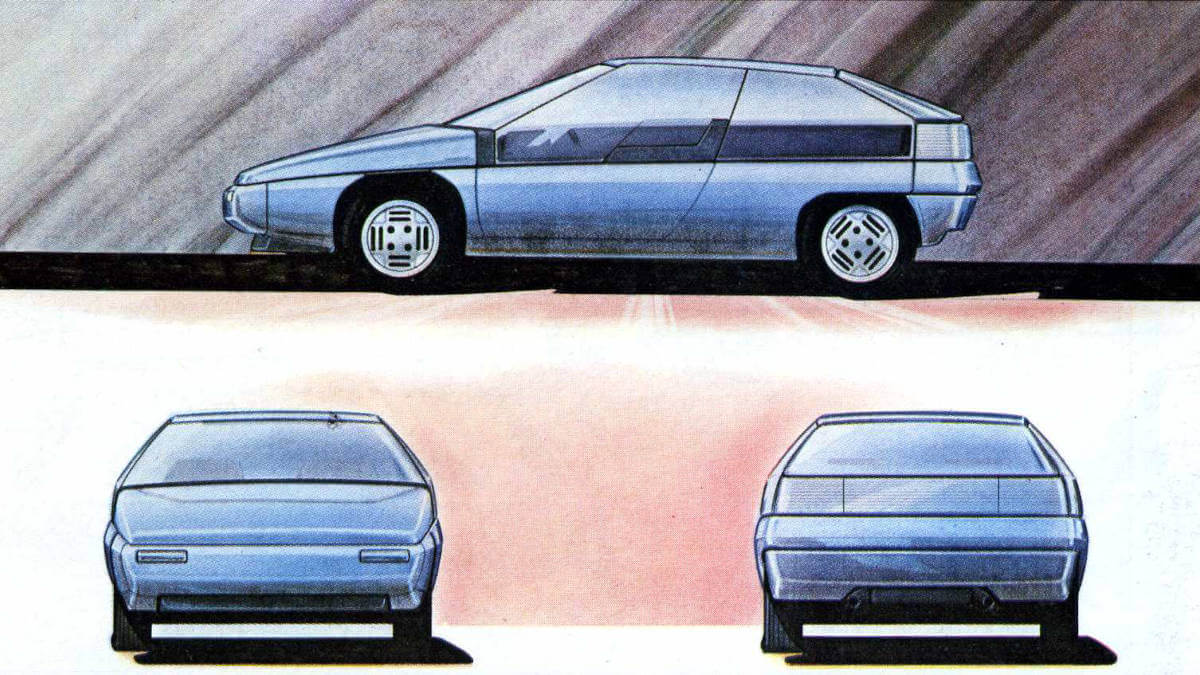



Italian-Japanese car cooperations from 1961 onward
The first collaborations between Mazda and Italian design houses had already taken place some 20 years before the MX-81. The trigger was the young Japanese automotive journalist Hideyuki Miyakawa. He traveled to the 1960 Turin Motor Show and met Giorgetto Giugiaro, then chief designer at Bertone. On the same trip, he also met his future wife, Marisa Bassano, who was working as an interpreter for Italian and Japanese. She traveled to Japan the following year for study purposes. Together with her boyfriend, she was able to meet Tsuneji Matsuda, then head of Mazda, and talk to him about the importance of good design for Japanese cars. Back in Italy, the couple worked from then on as a liaison office between Japanese car manufacturers and the design houses Bertone, Ghia and Pininfarina. For Mazda, the Familia, Luce and R130 Luce Coupé models were created in Italy.
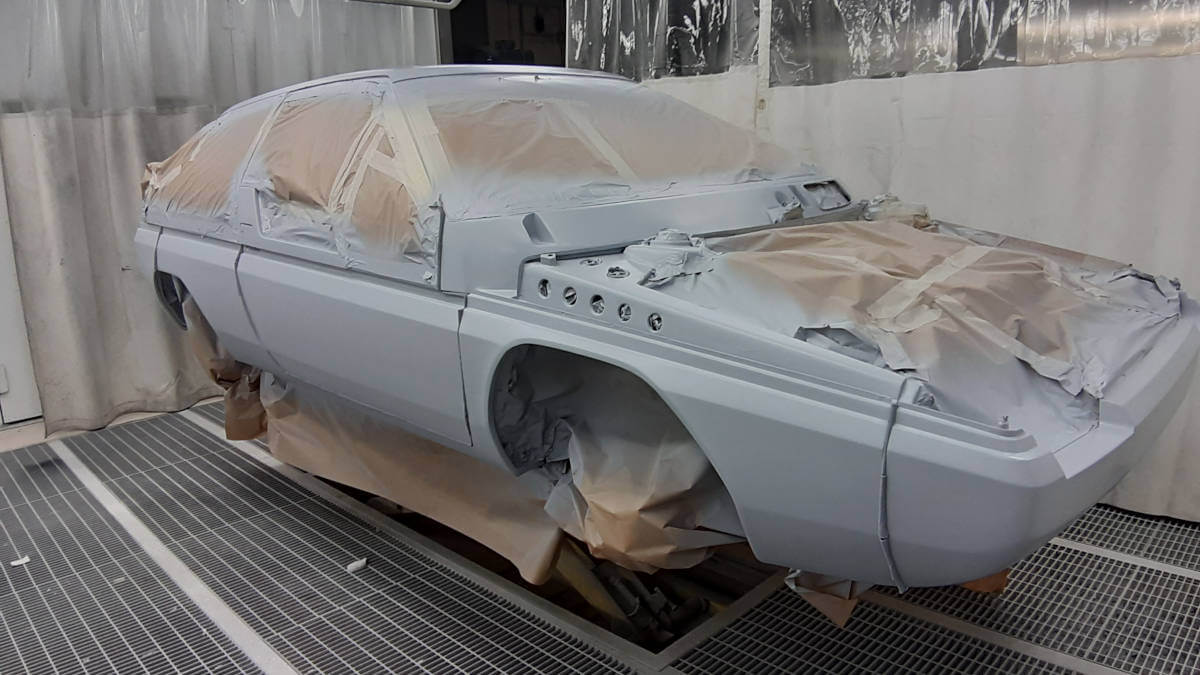



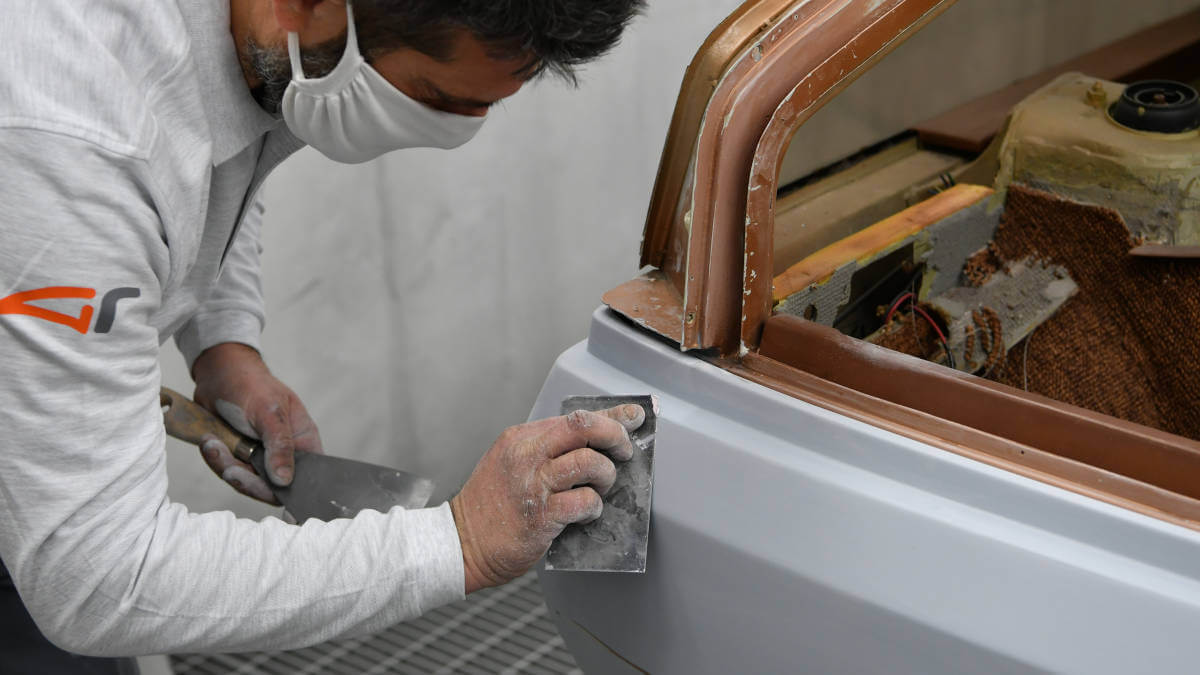



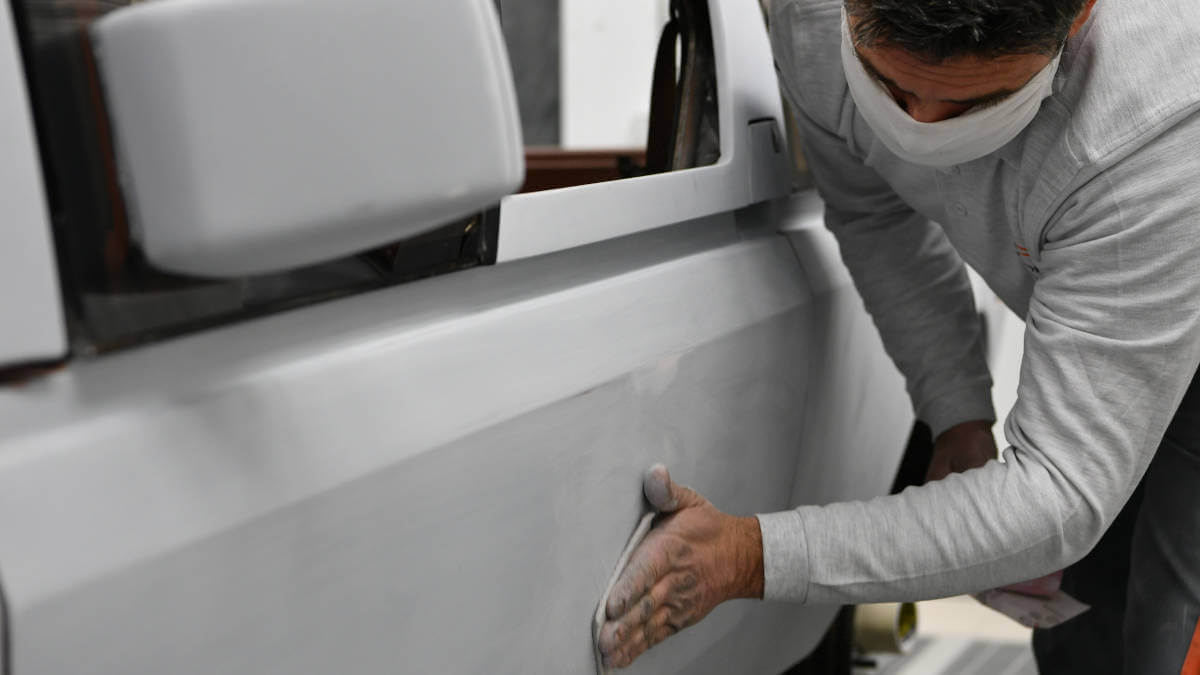



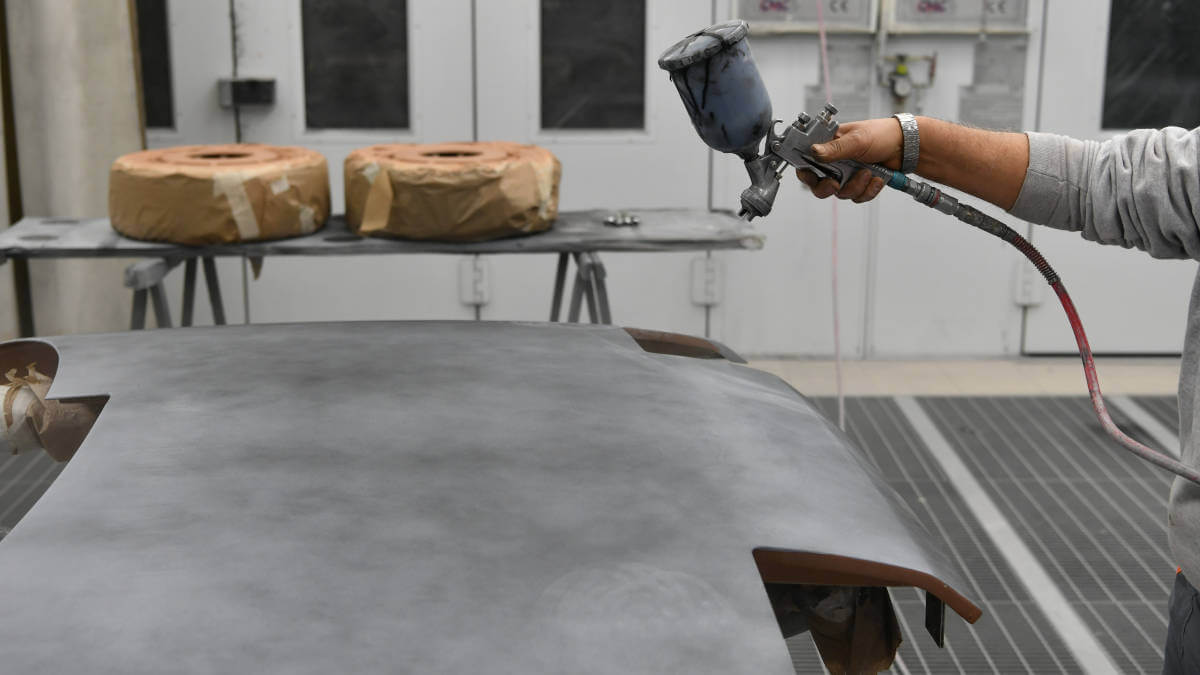



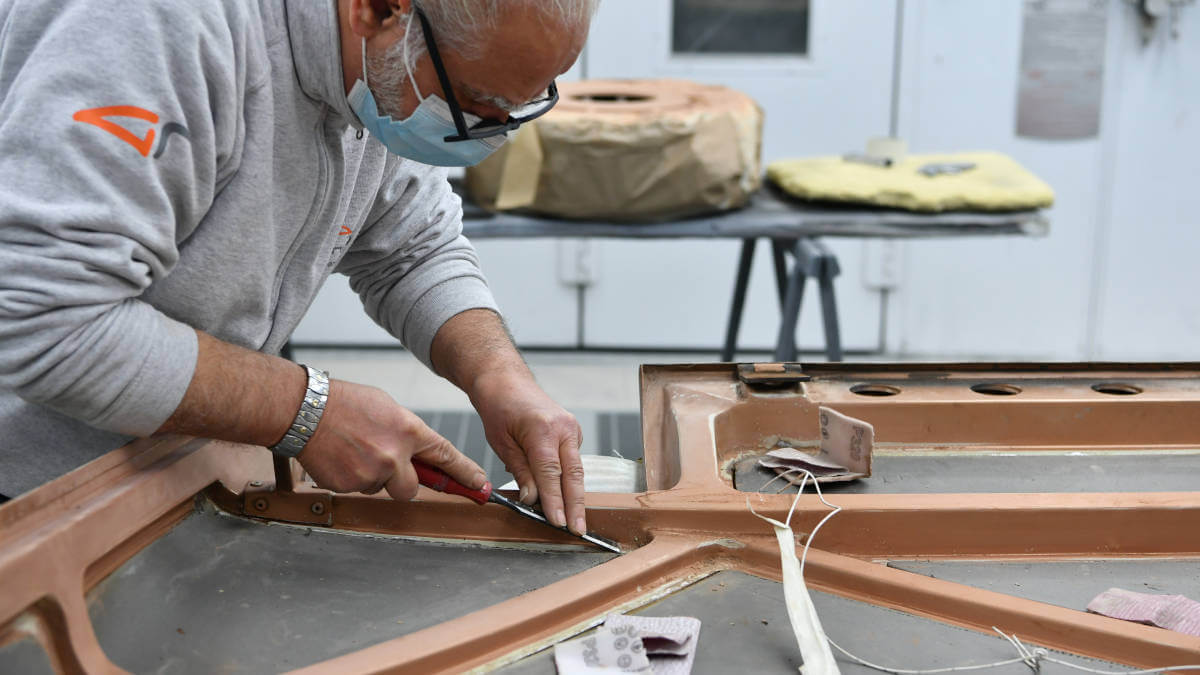



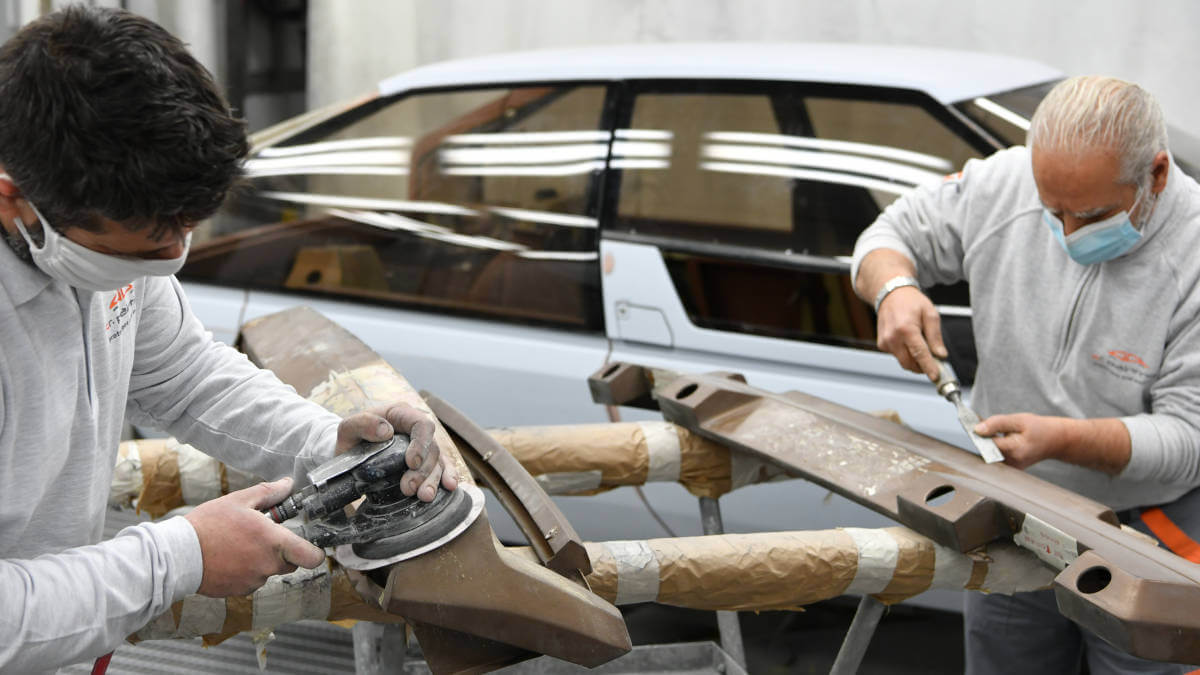



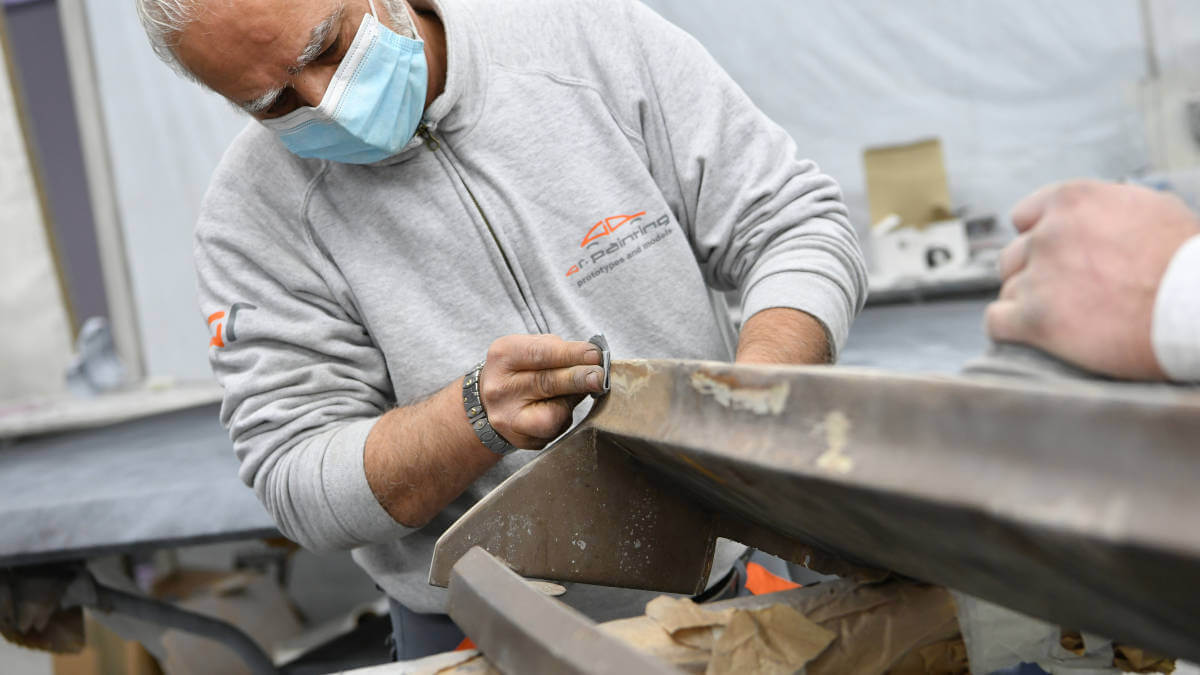



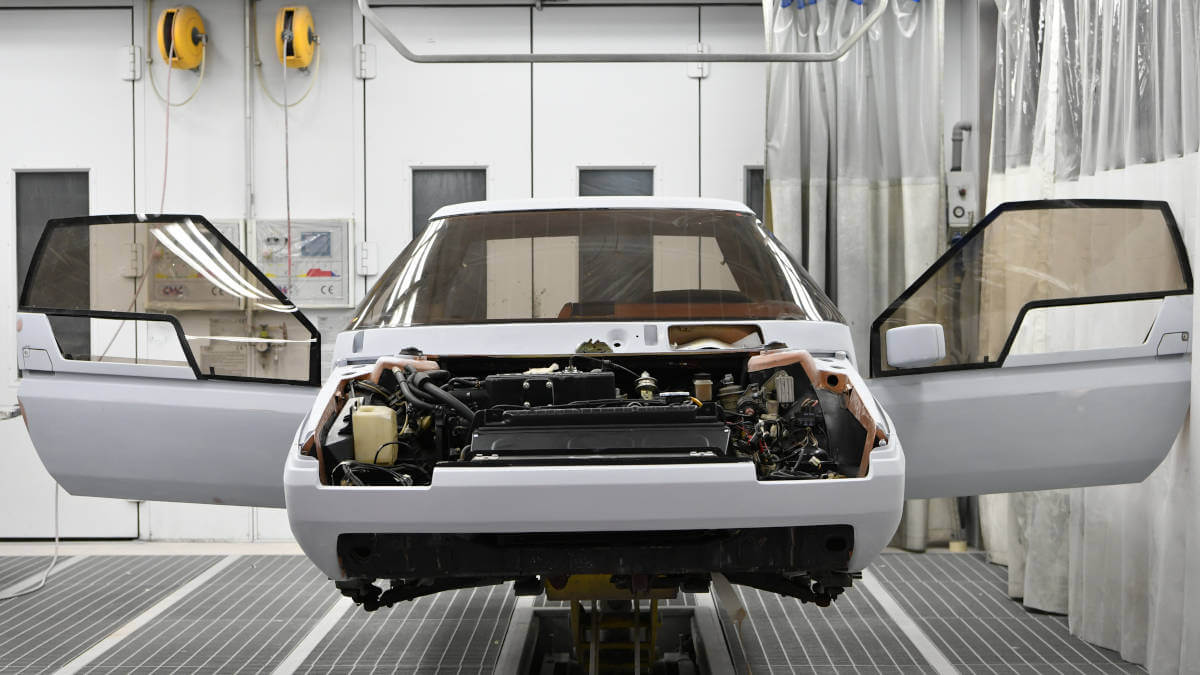



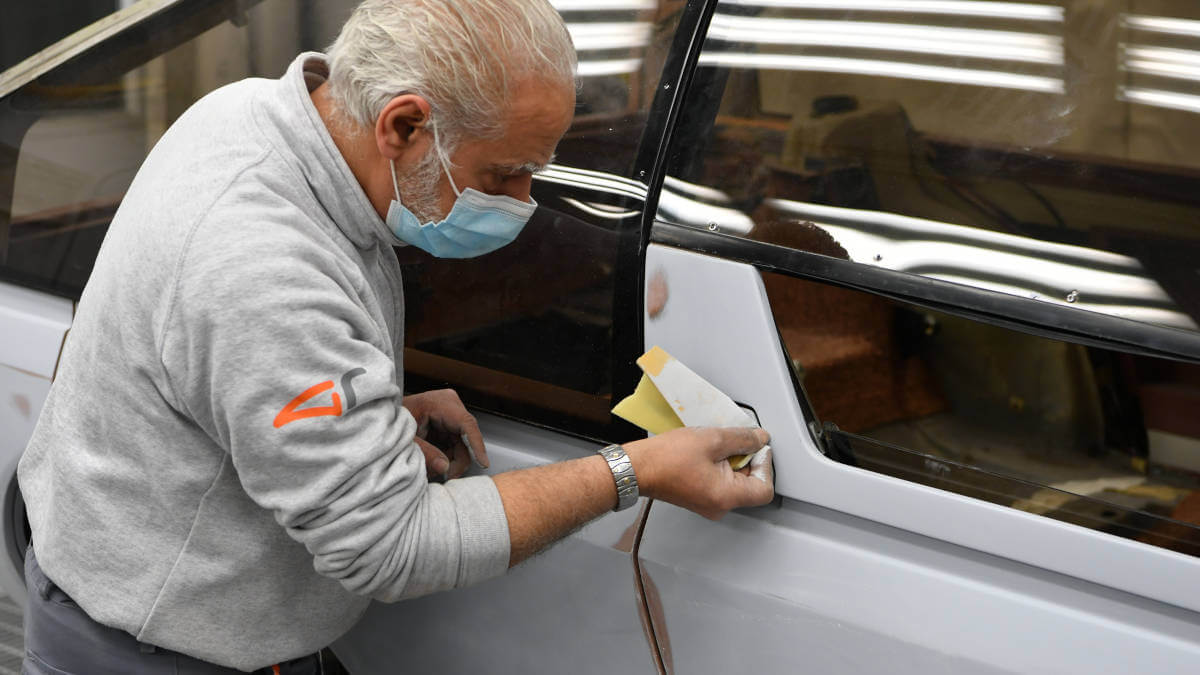



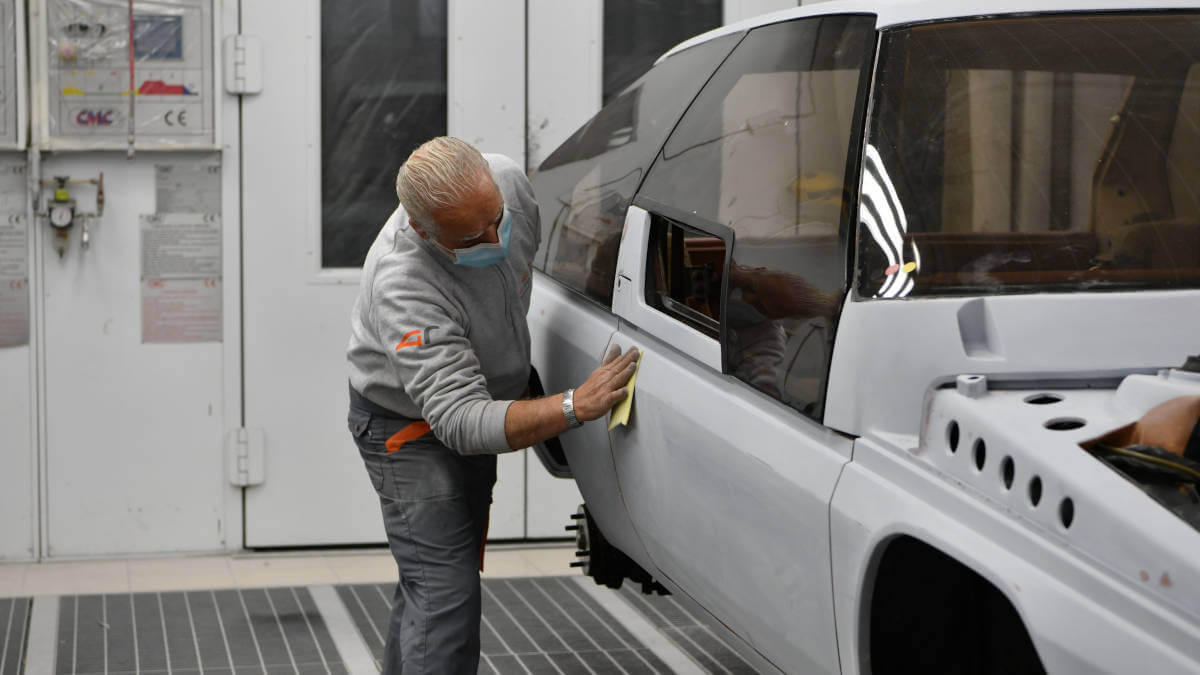



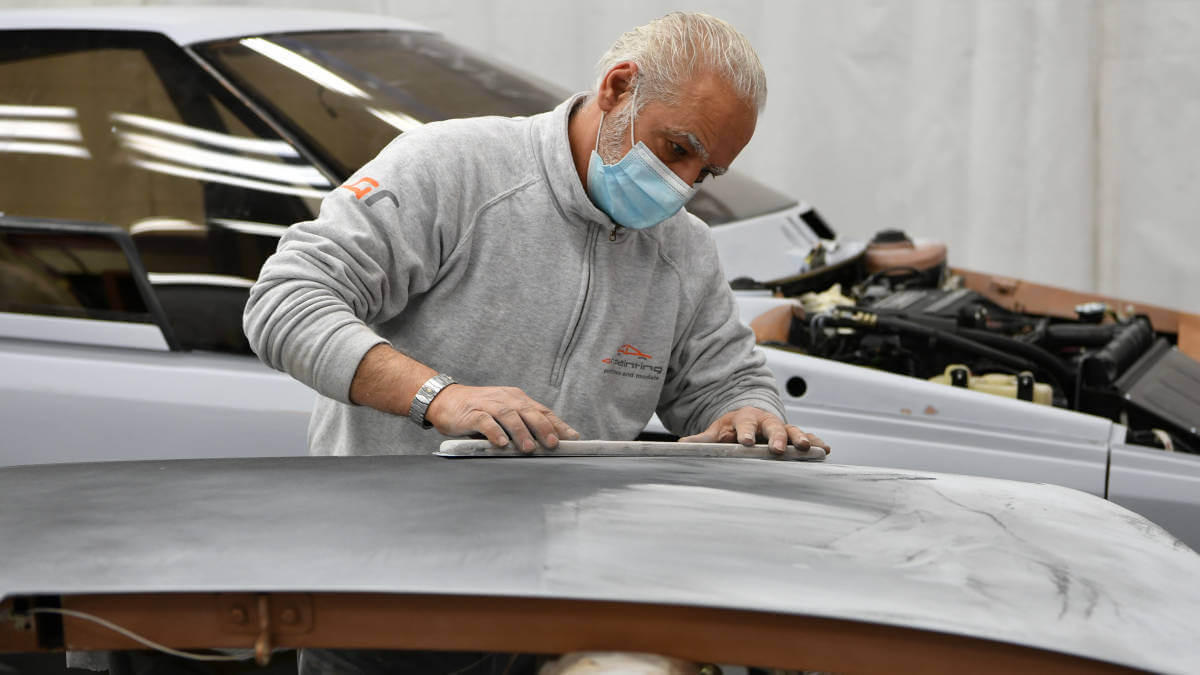



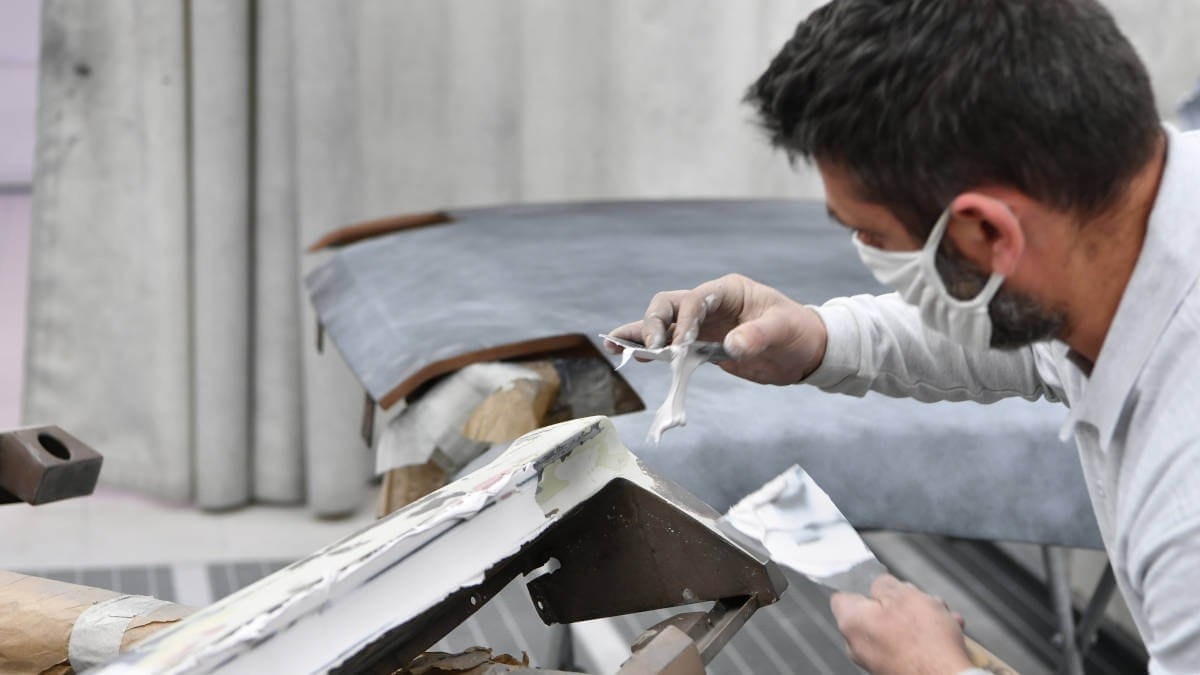



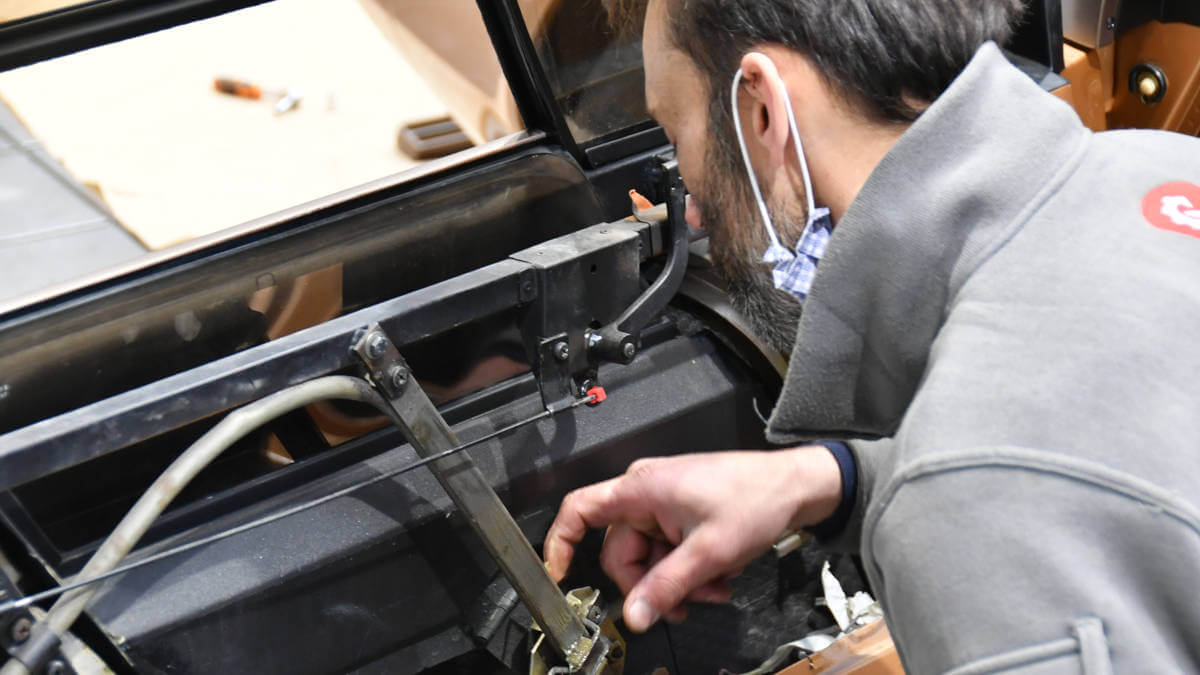



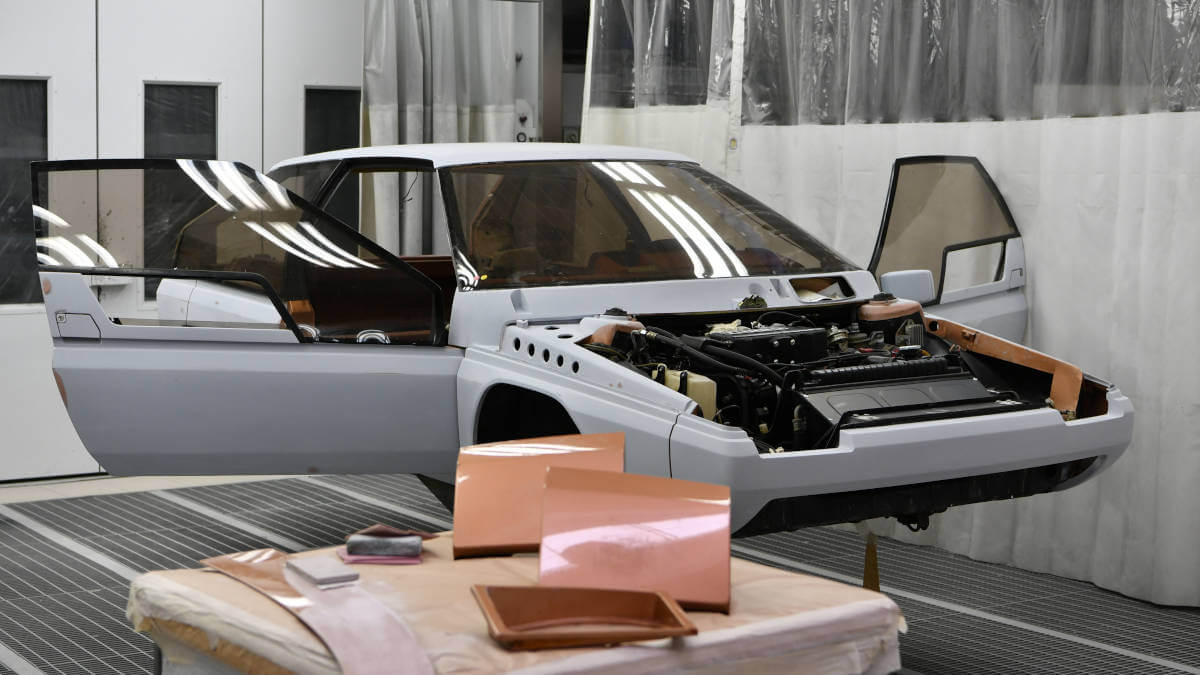



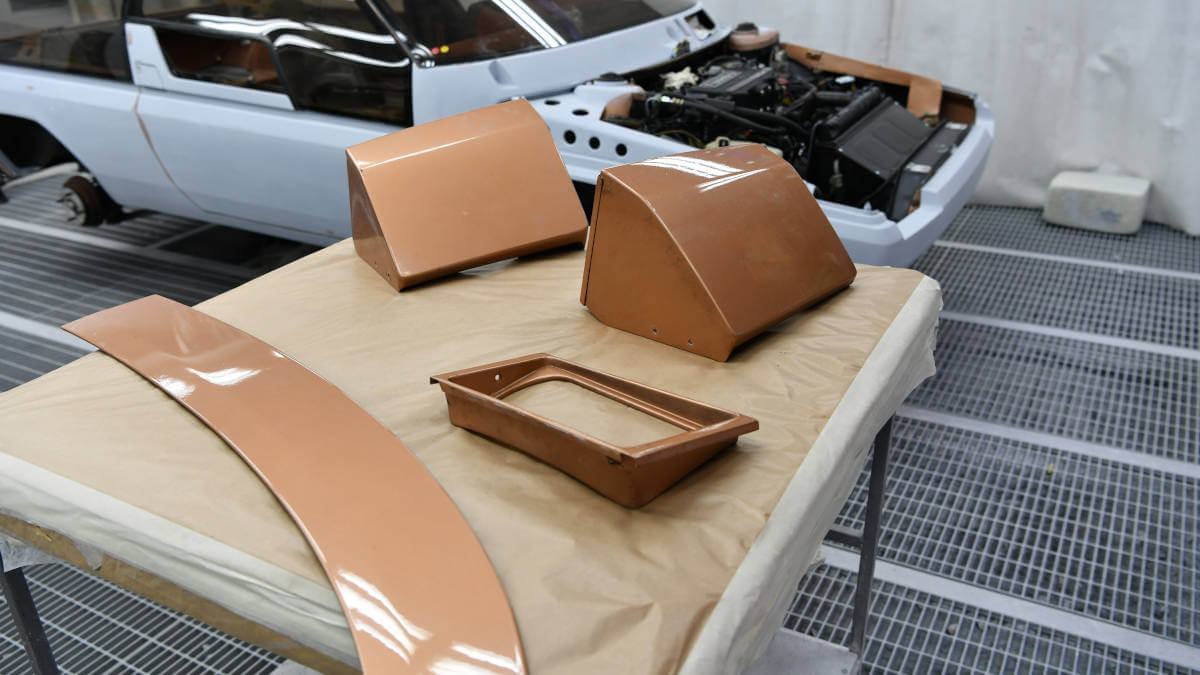



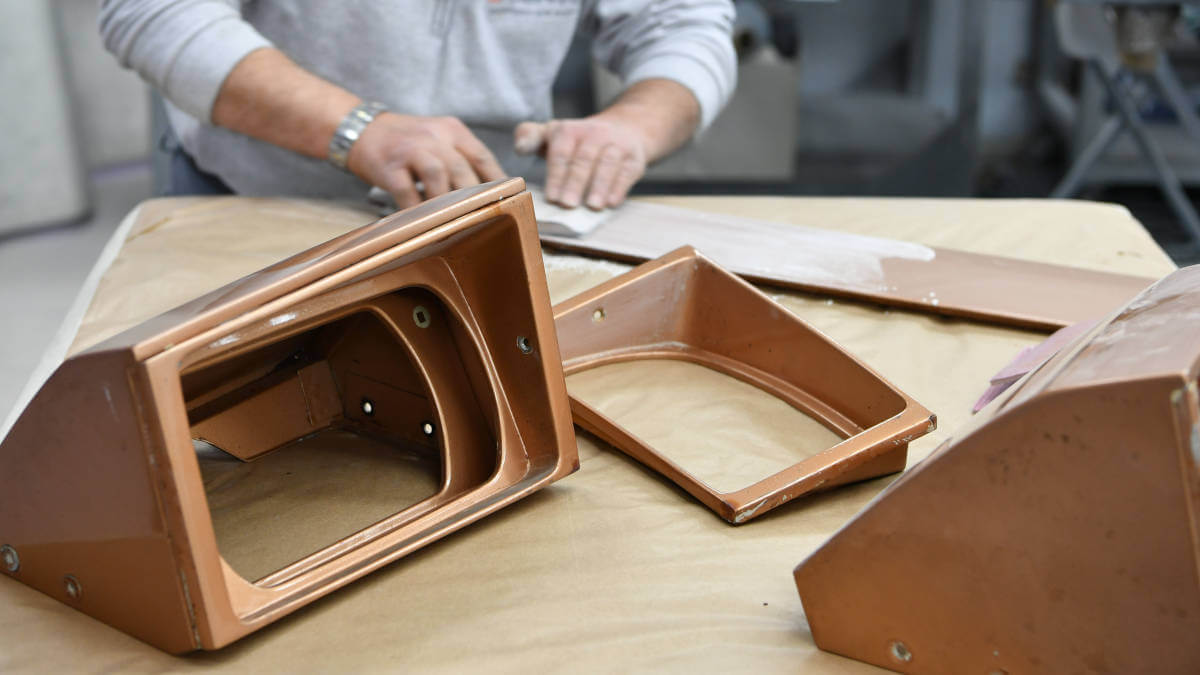



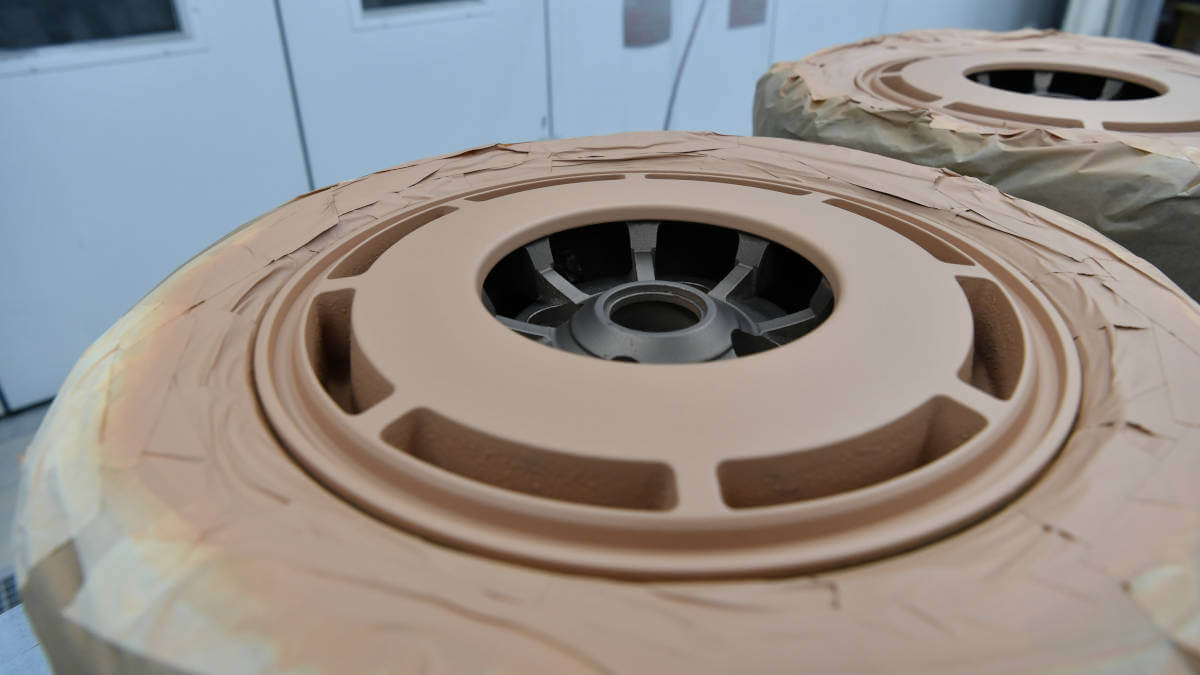



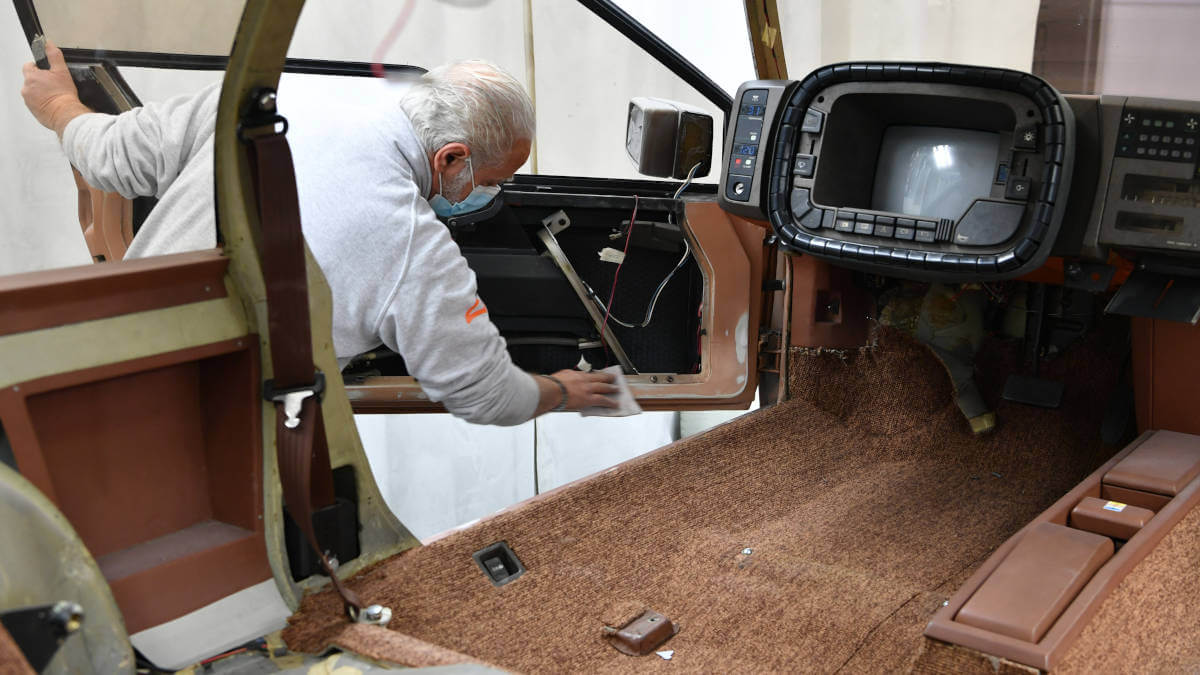



Complete restoration in Italy
After about 38 years of storage, the concept car MX-81 Aria definitely needed a refresh. In order to do this as correctly as possible, the MX-81 Aria was handed over to Mazda Italy after a technical refresh in Japan. Once there, they commissioned SuperStile in Turin, under the direction of Flavio Gallizio, to do the restoration. The complete disassembly was followed by an inventory of all damage and then the processing off all necessary points including repainting. By the end of 2020, the concept car was back on its wheels as it was in 1981 at the Tokyo Motor Show. To celebrate the complete restoration, Mazda Italy then recreated the original press photos in front of Milan Cathedral. Together with the old pictures, these photos can be seen in our first gallery.
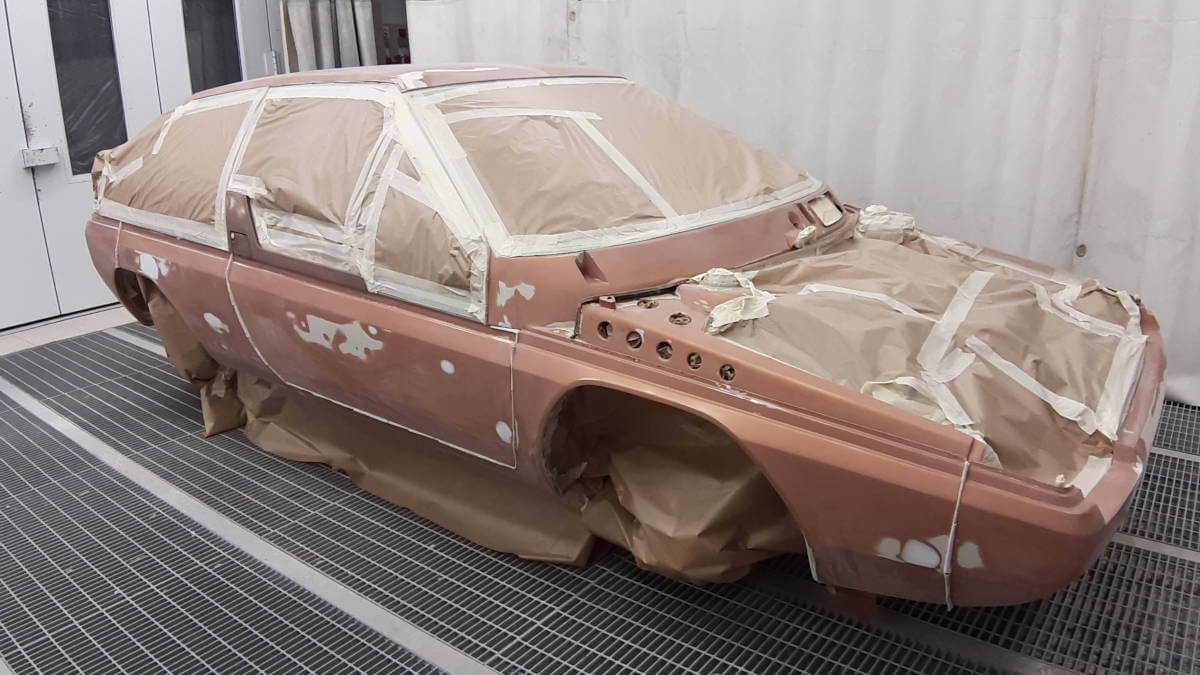



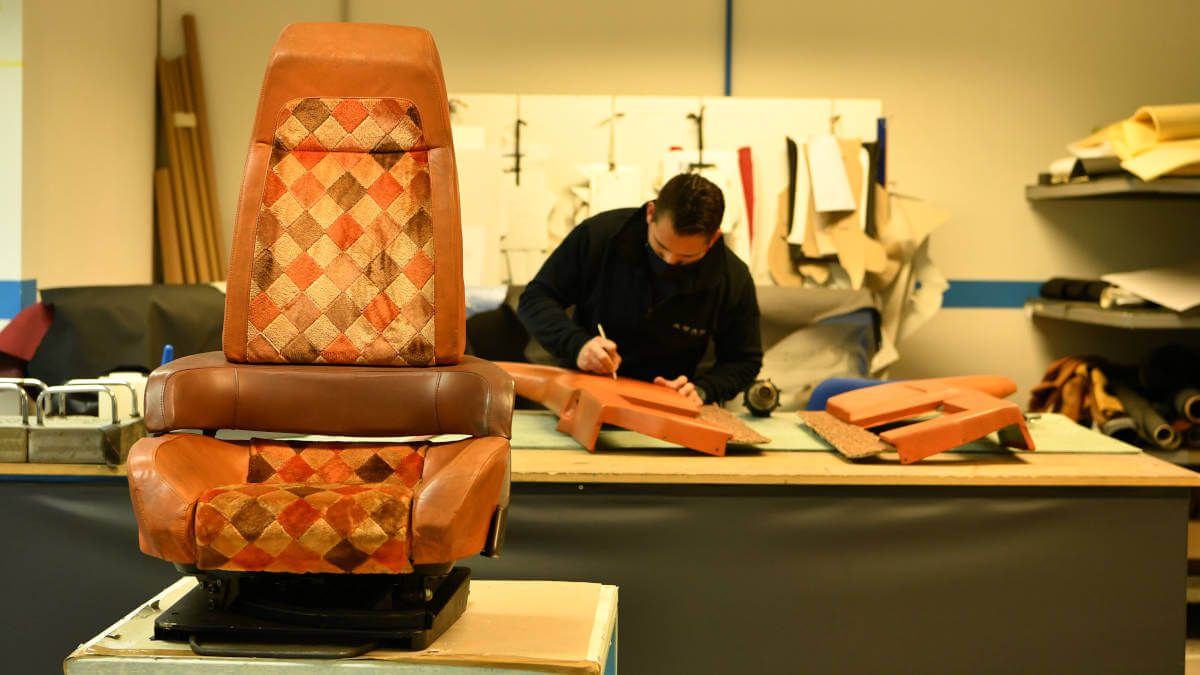



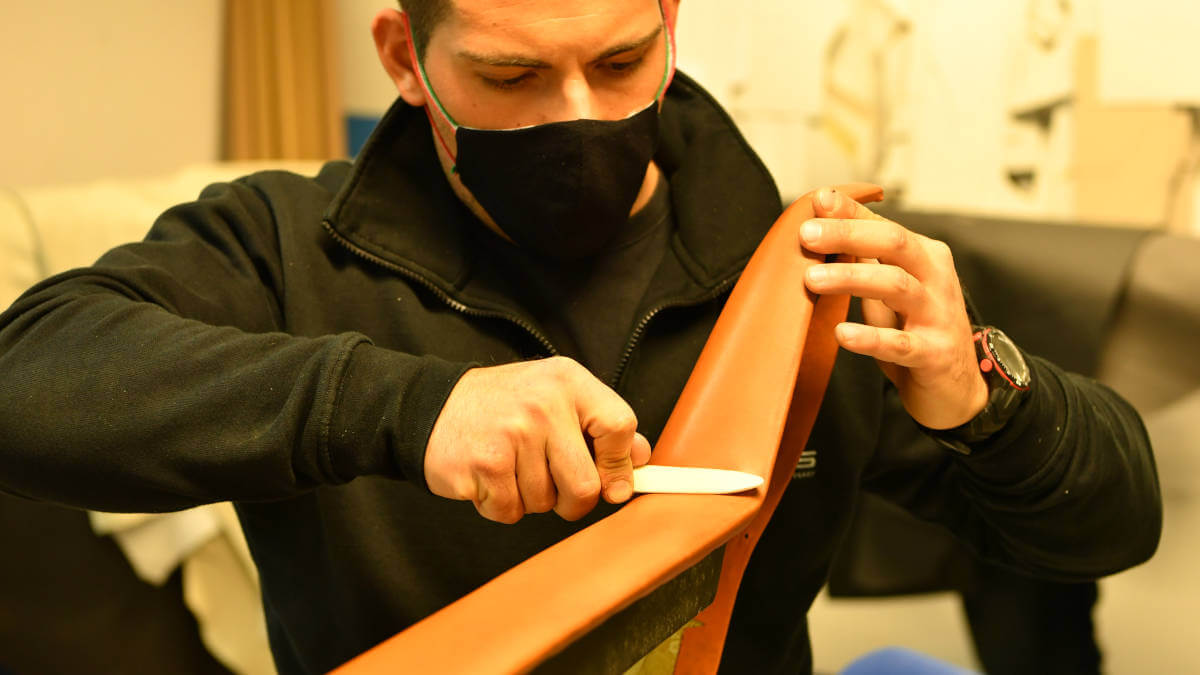



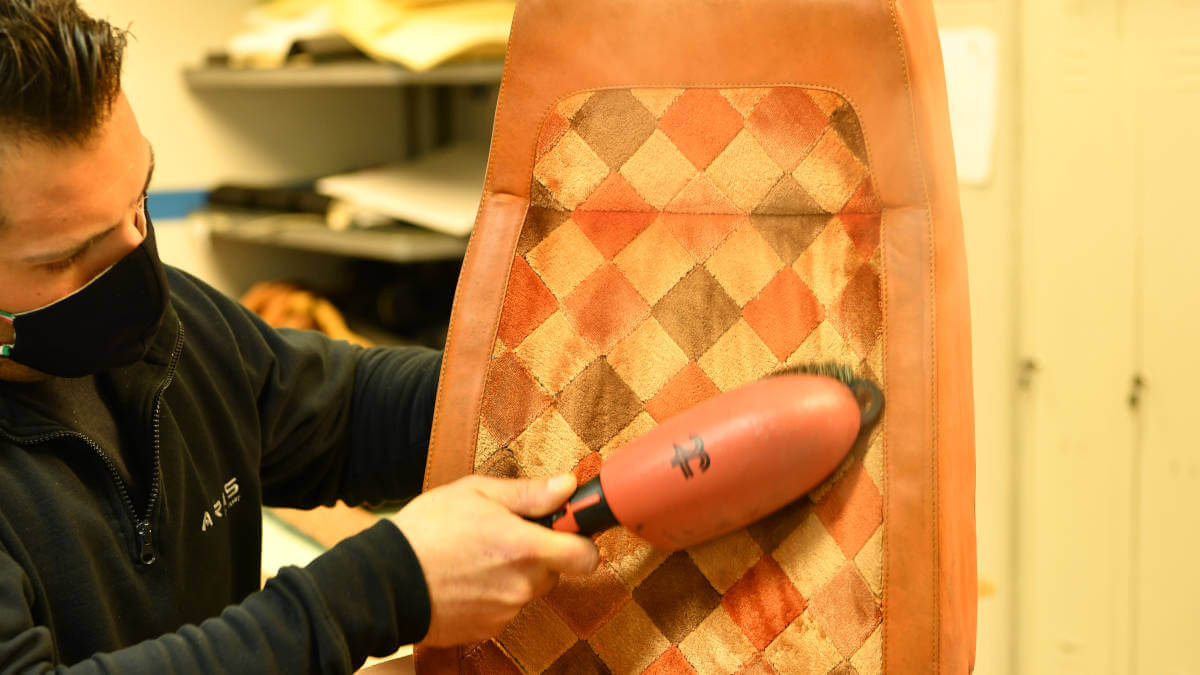



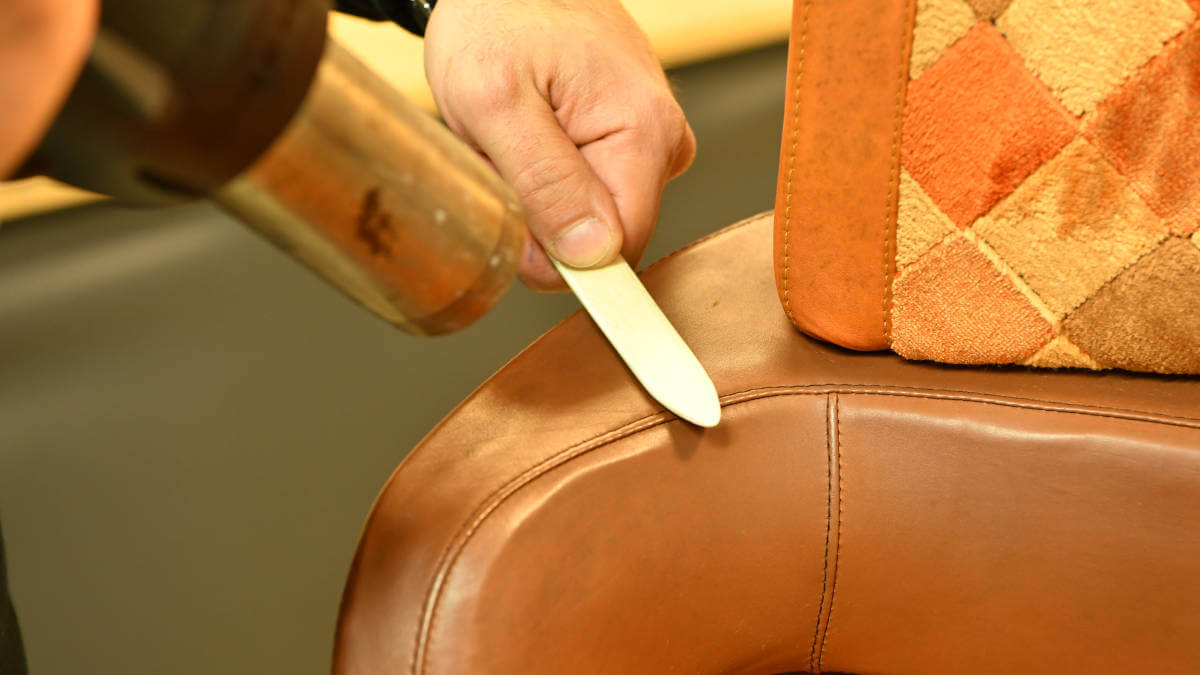



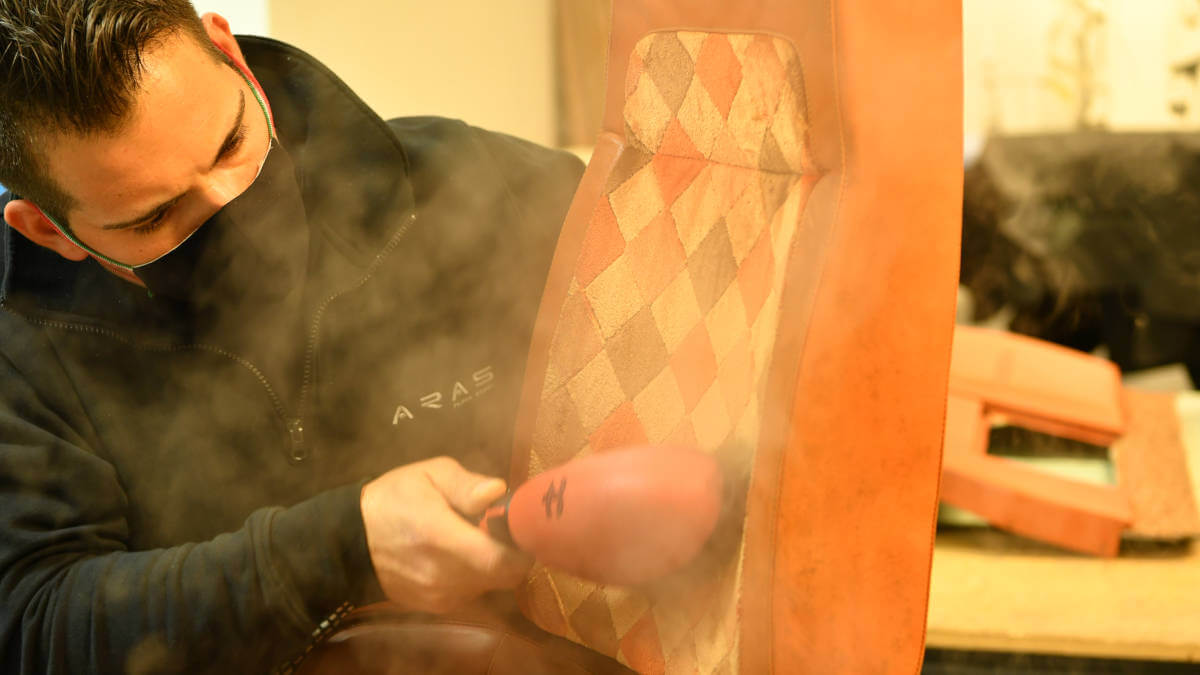



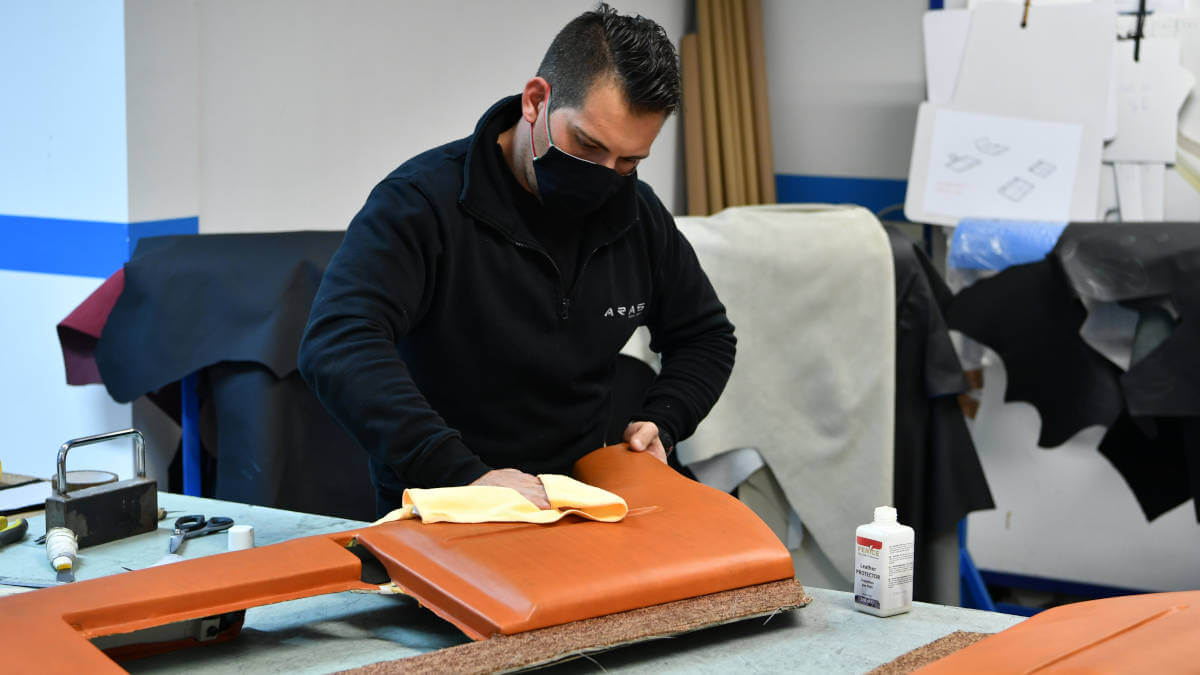



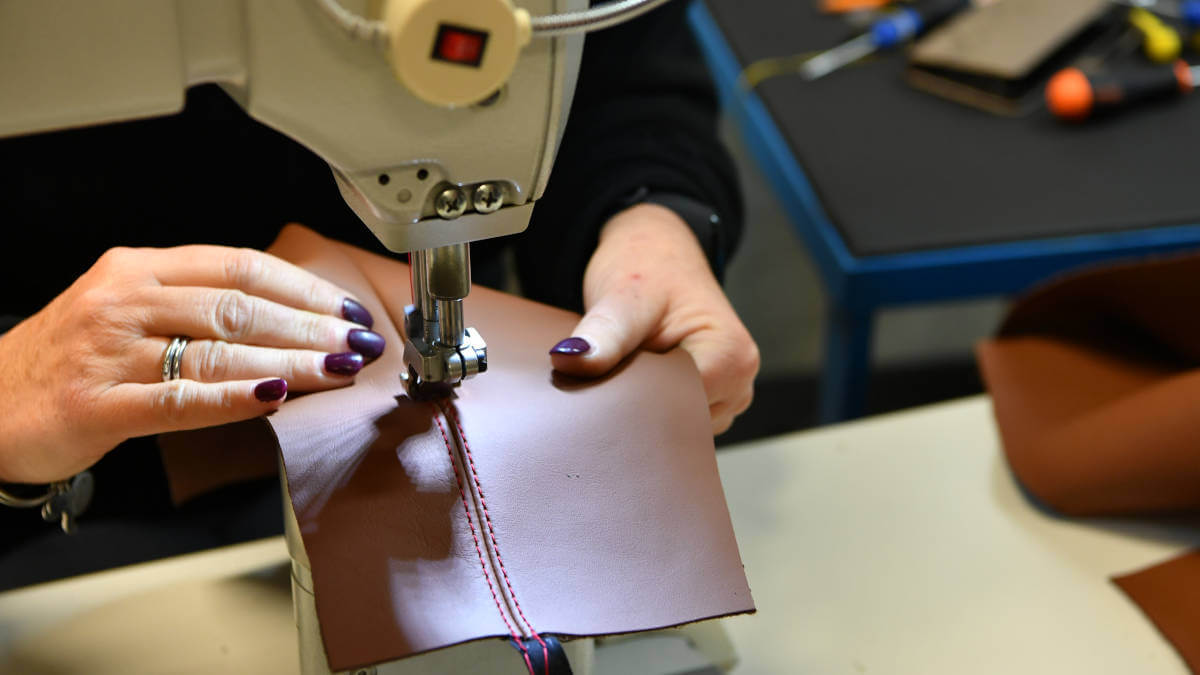



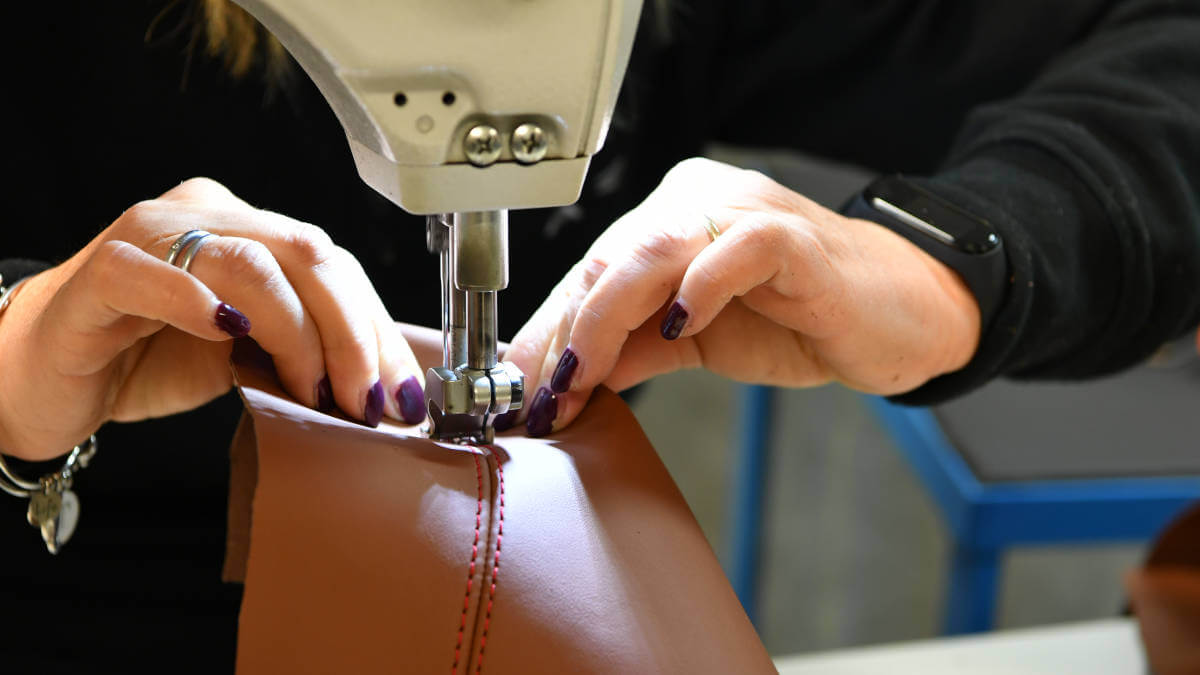



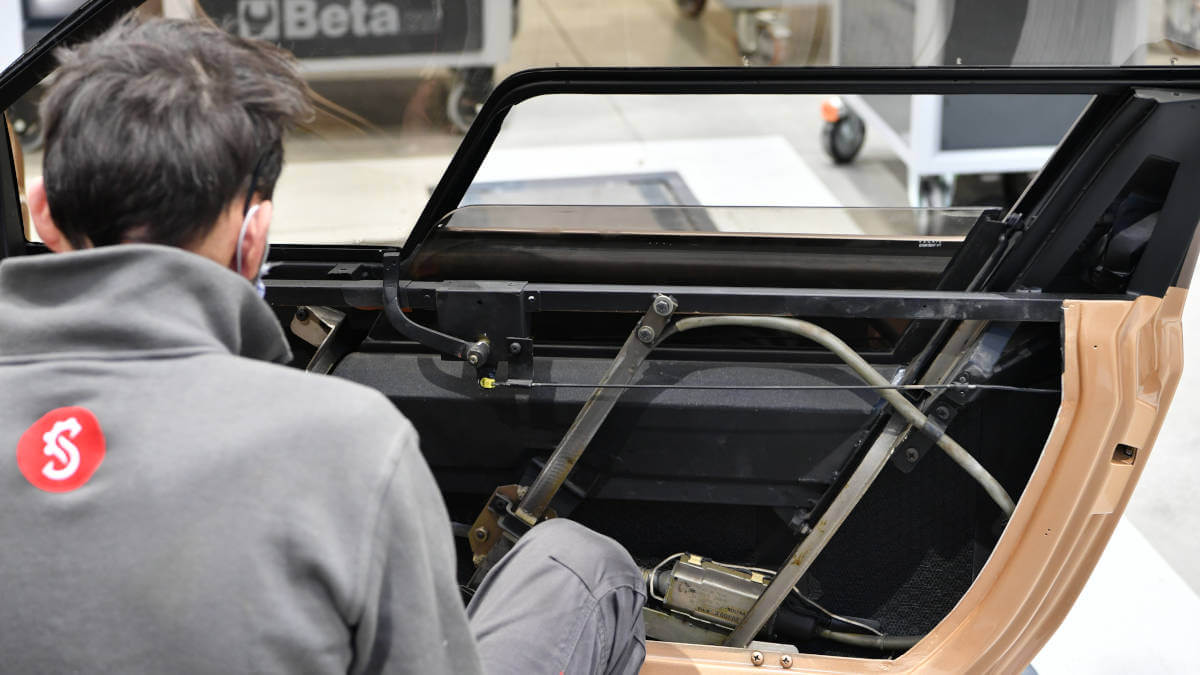



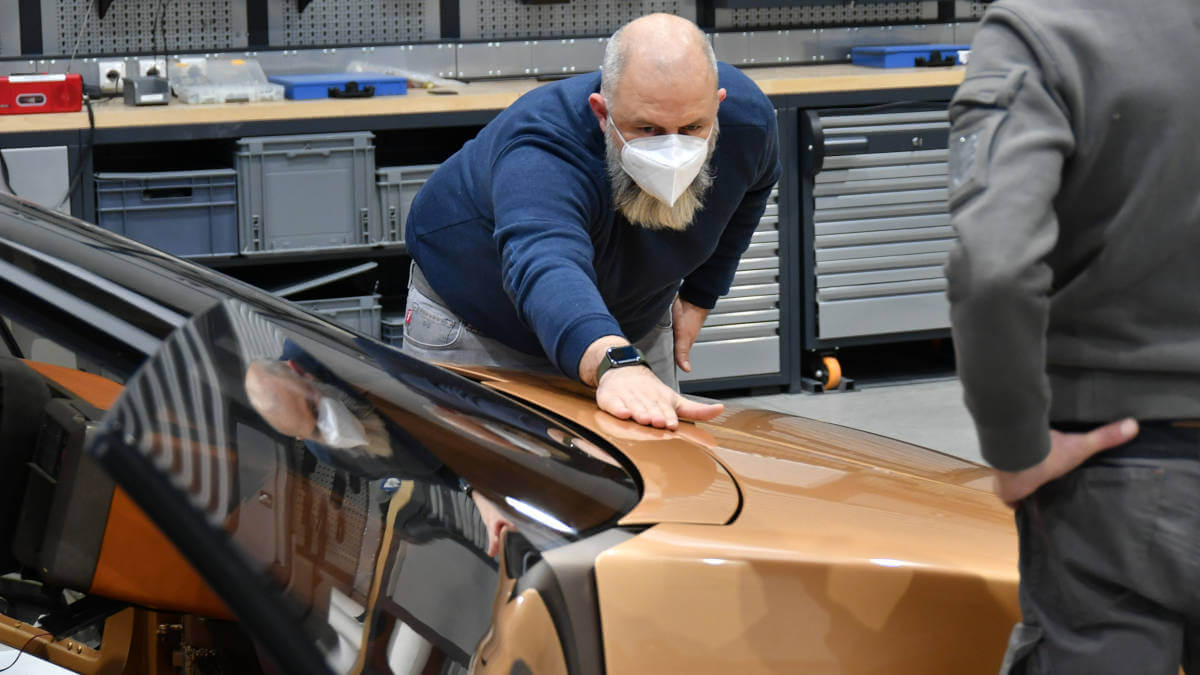



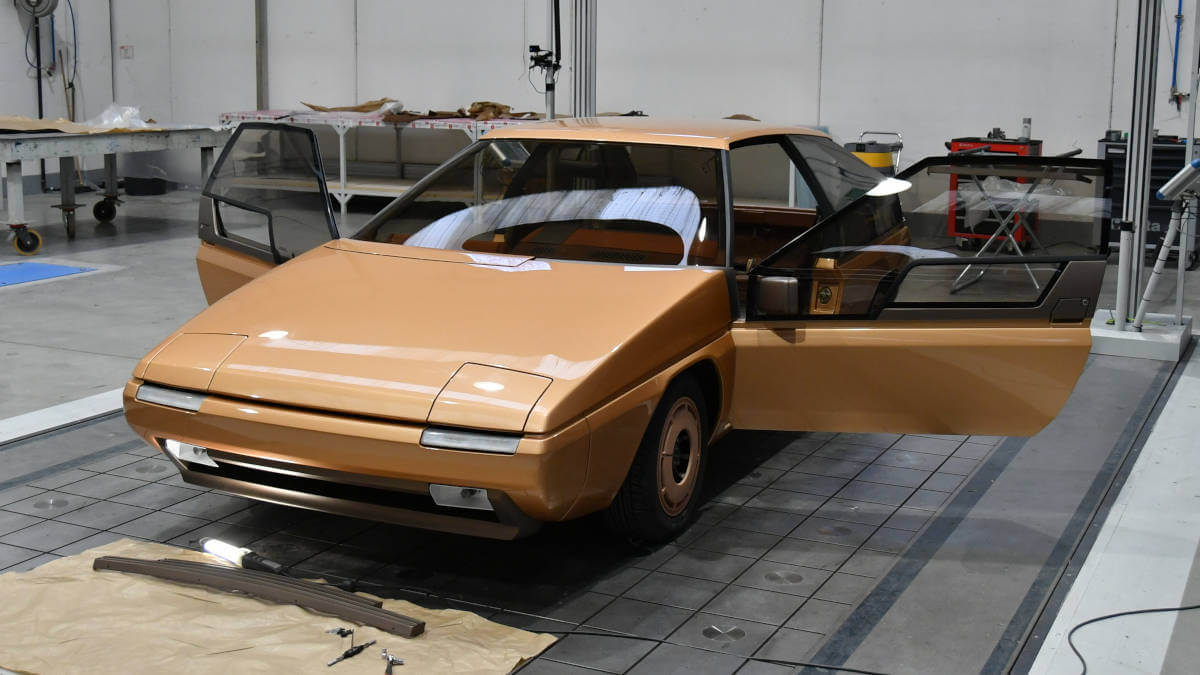



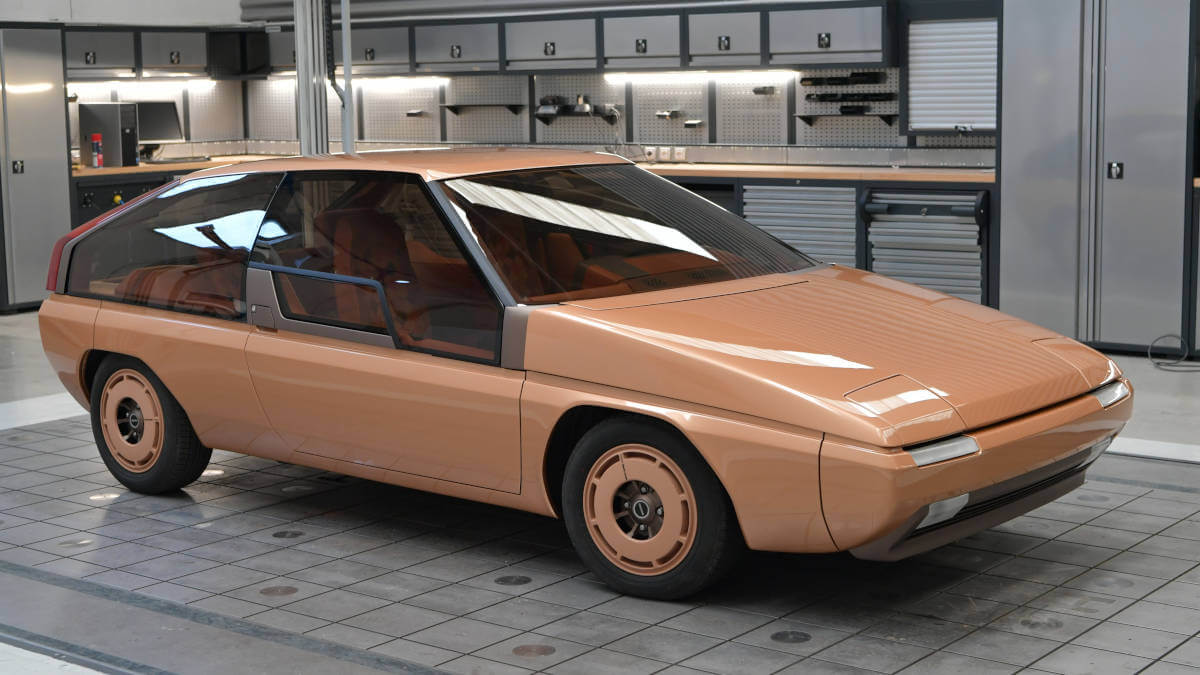



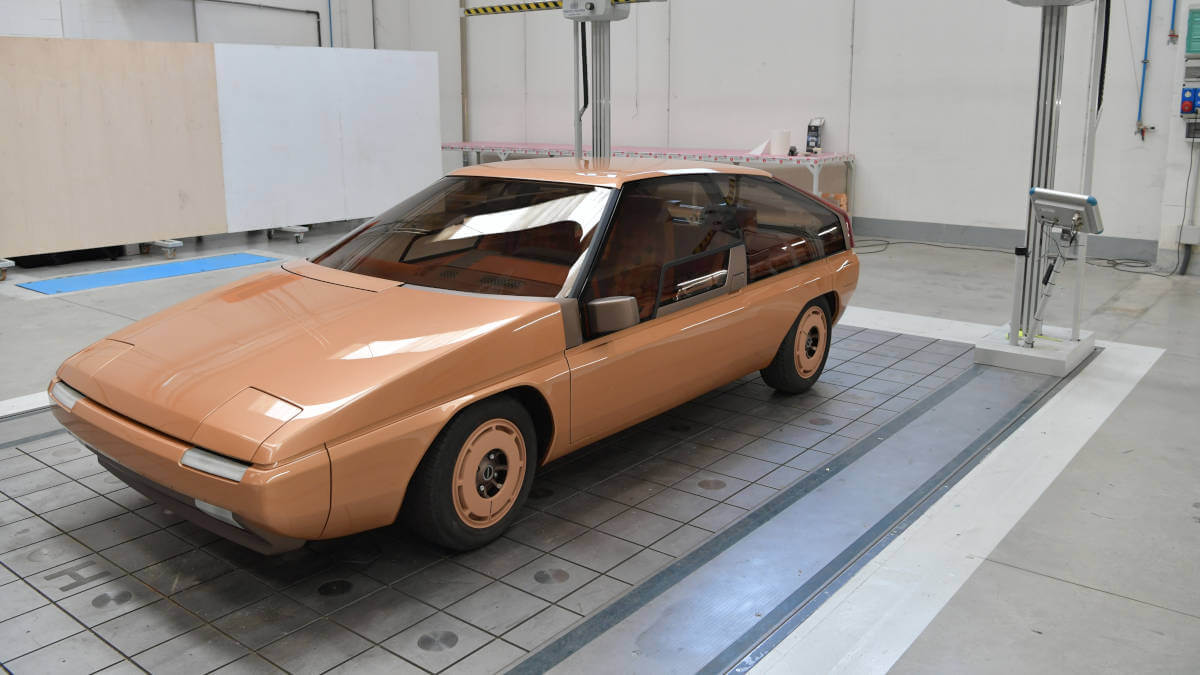



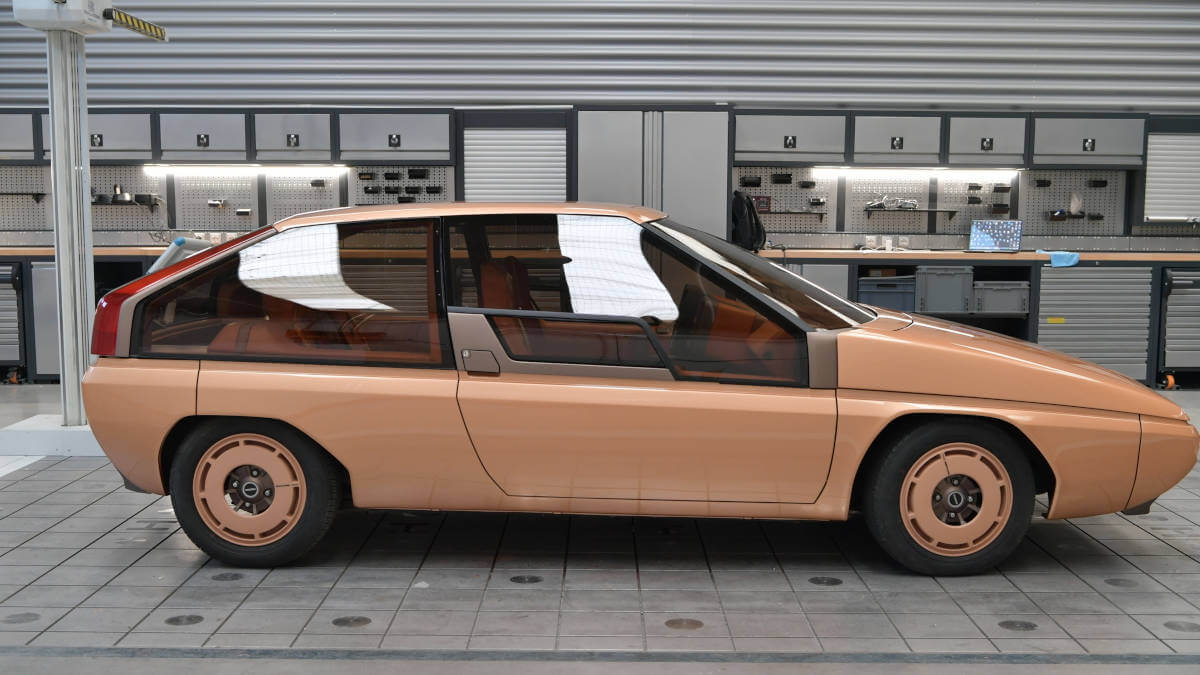



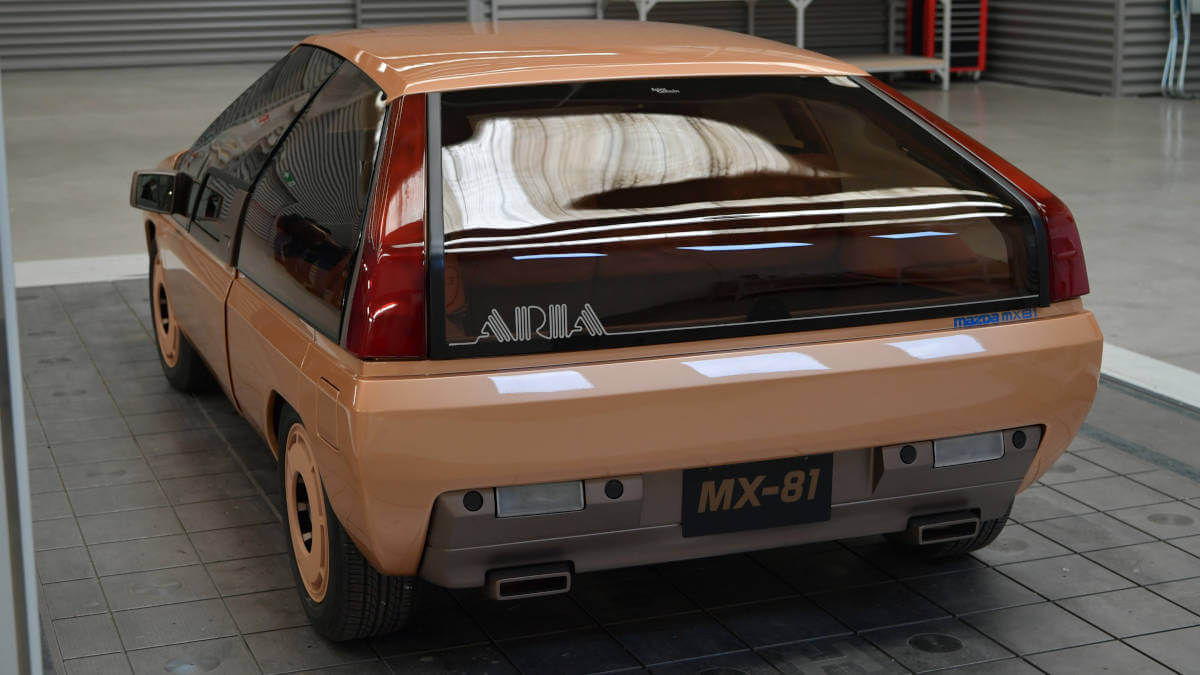



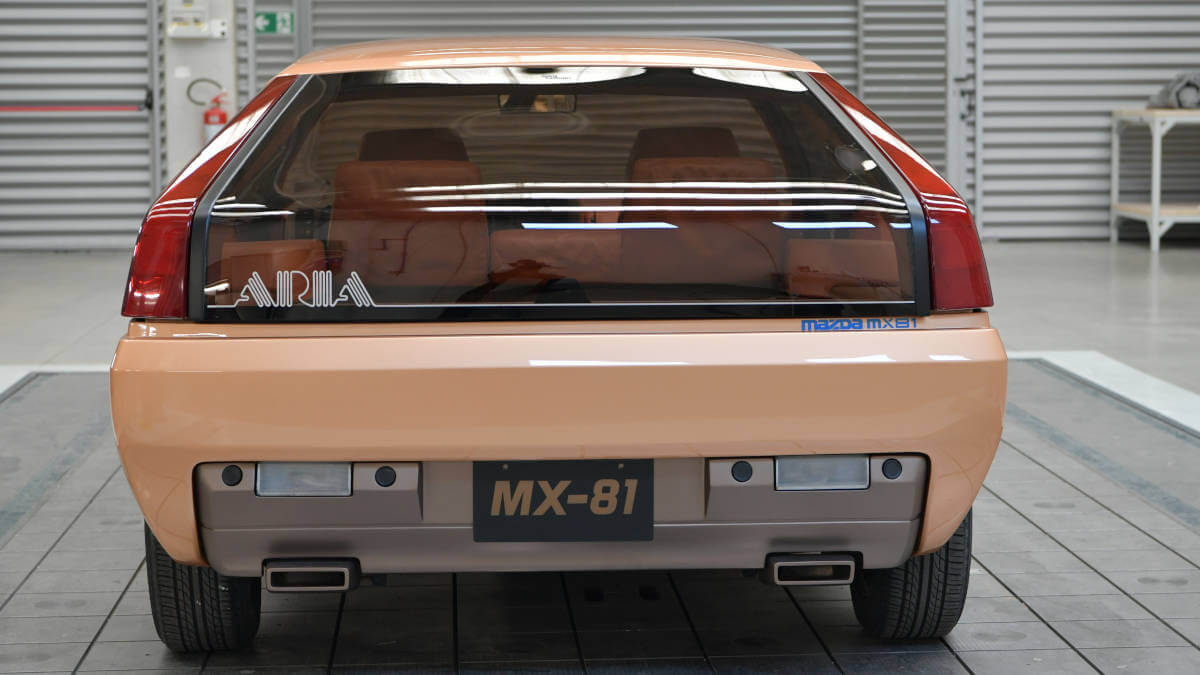



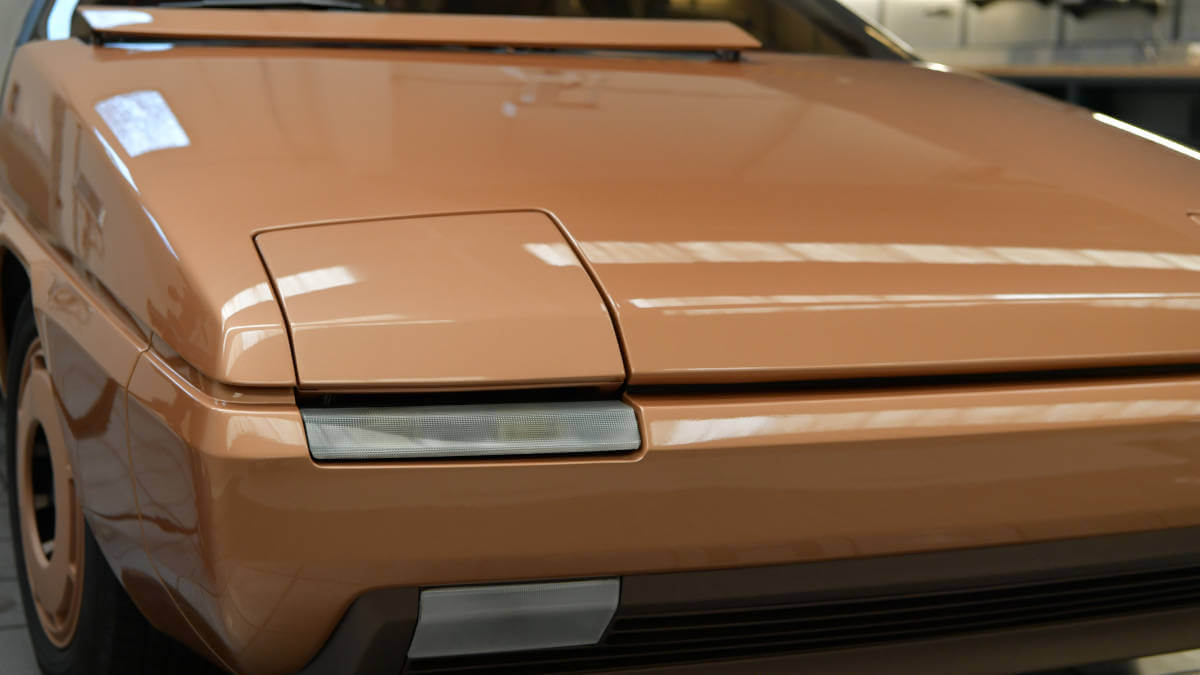



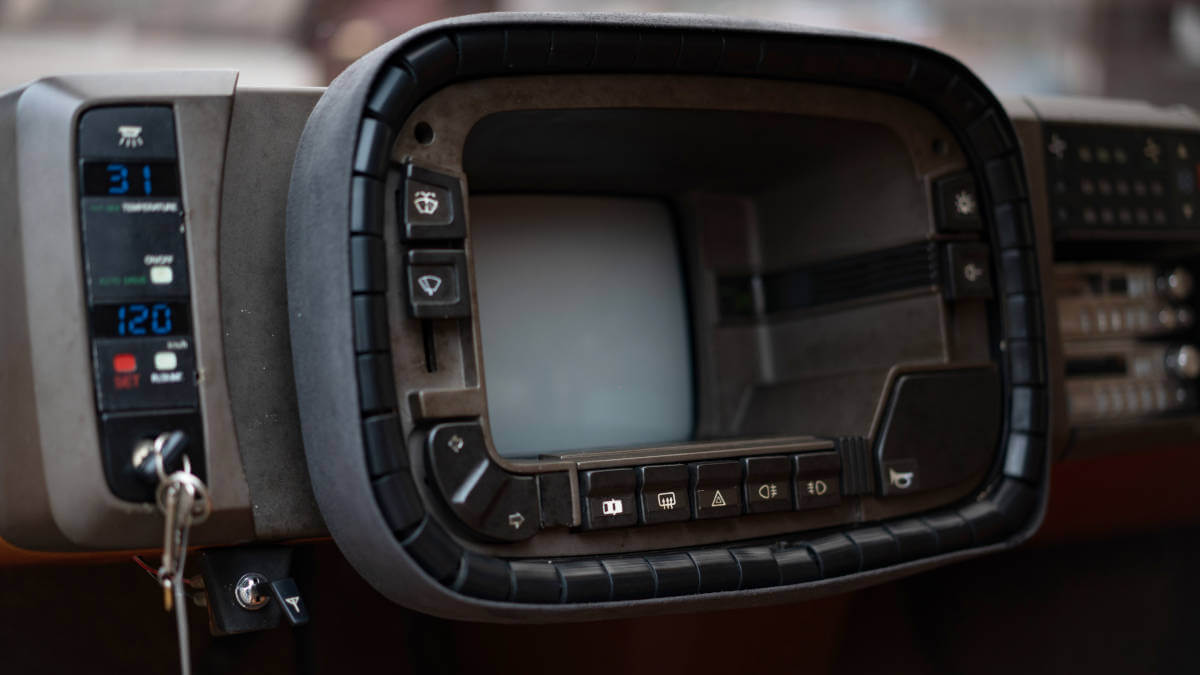



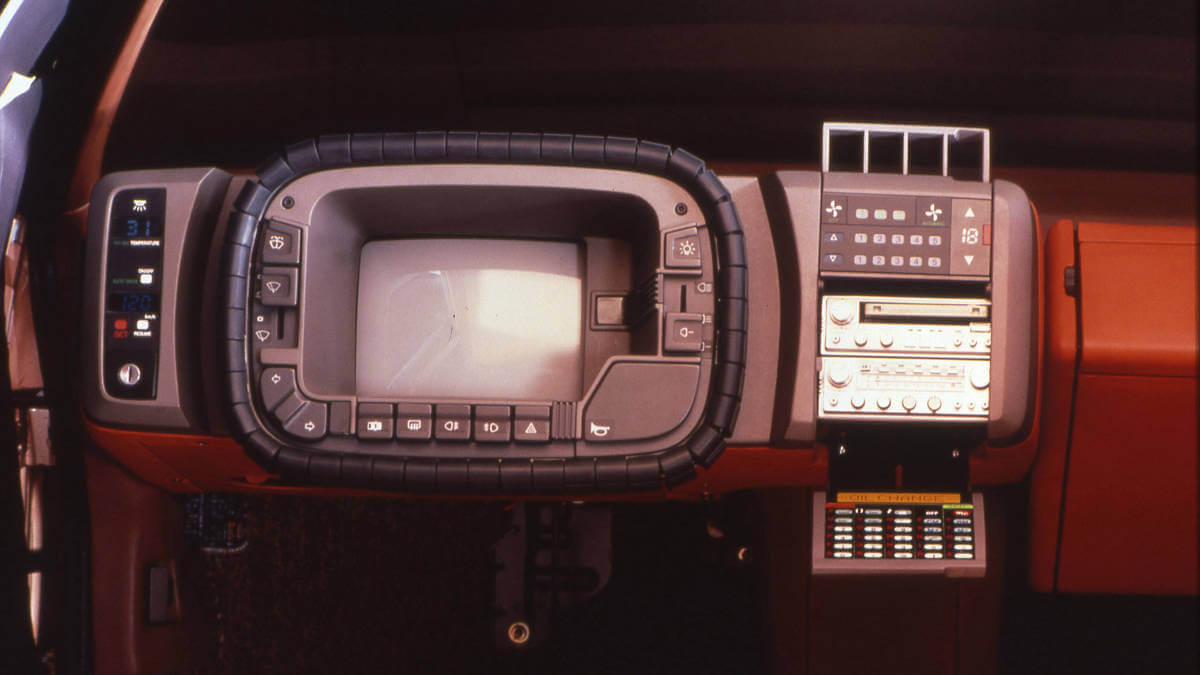



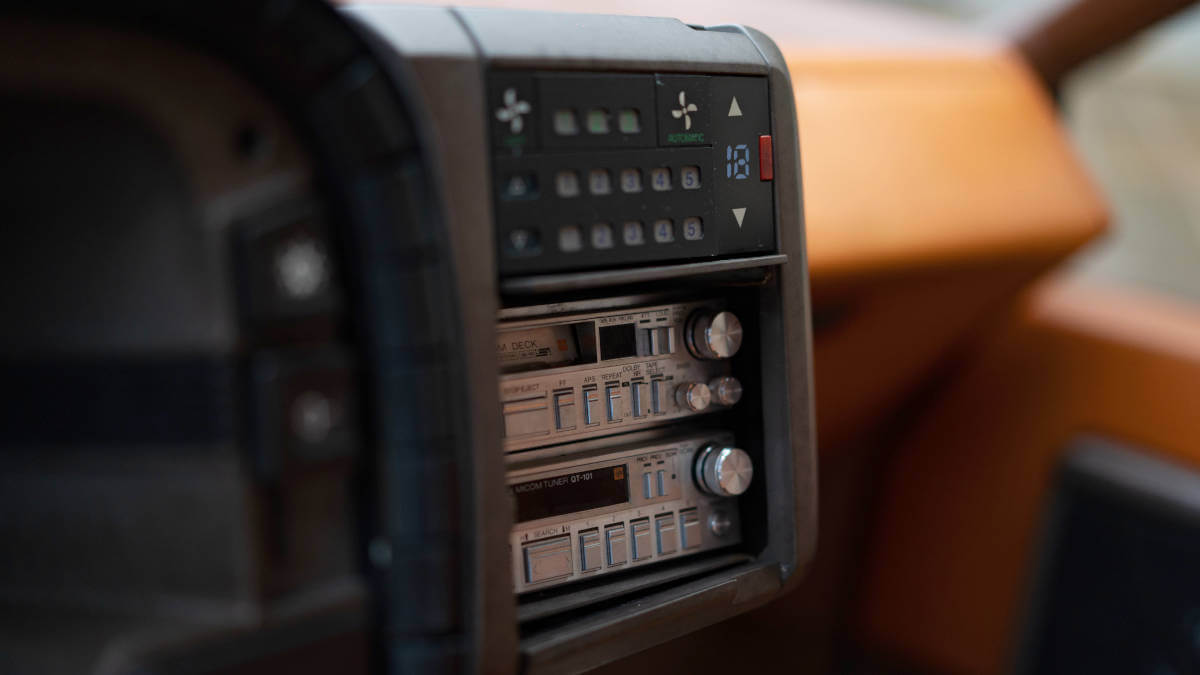



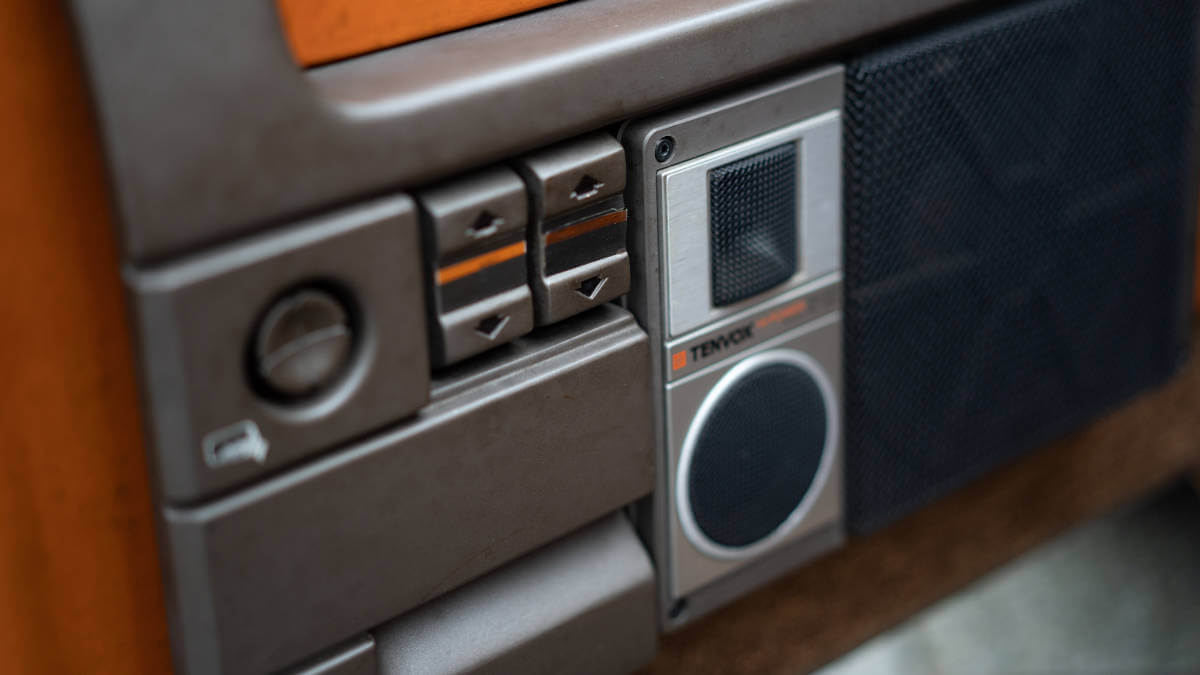



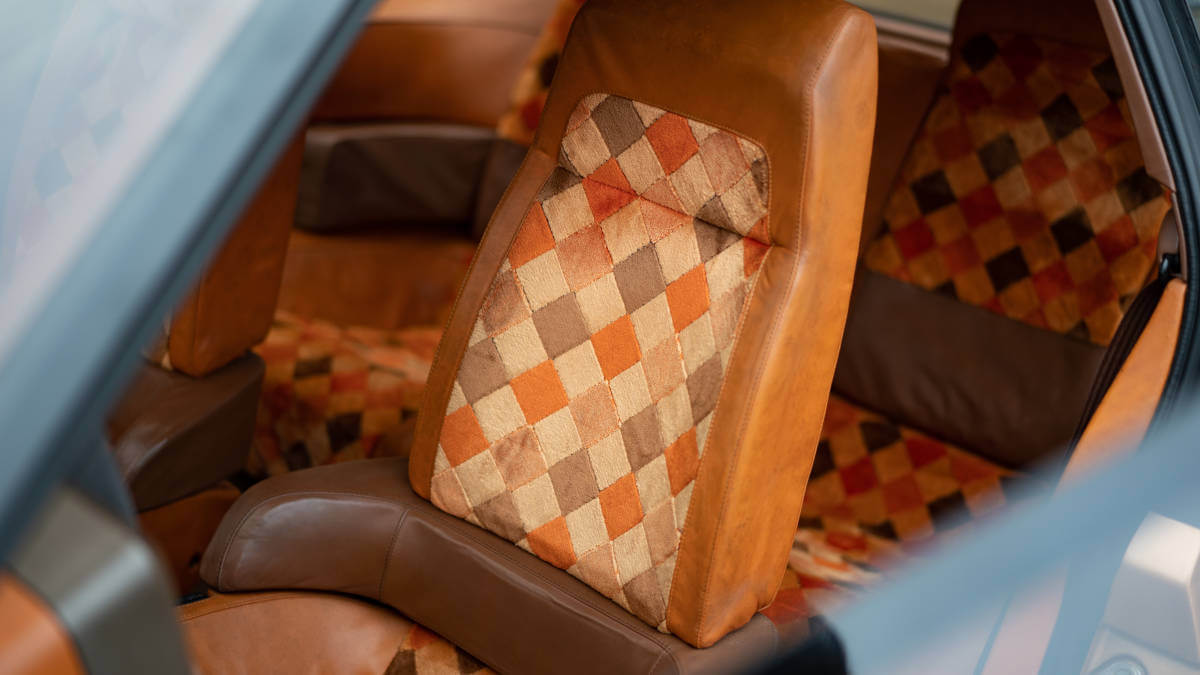



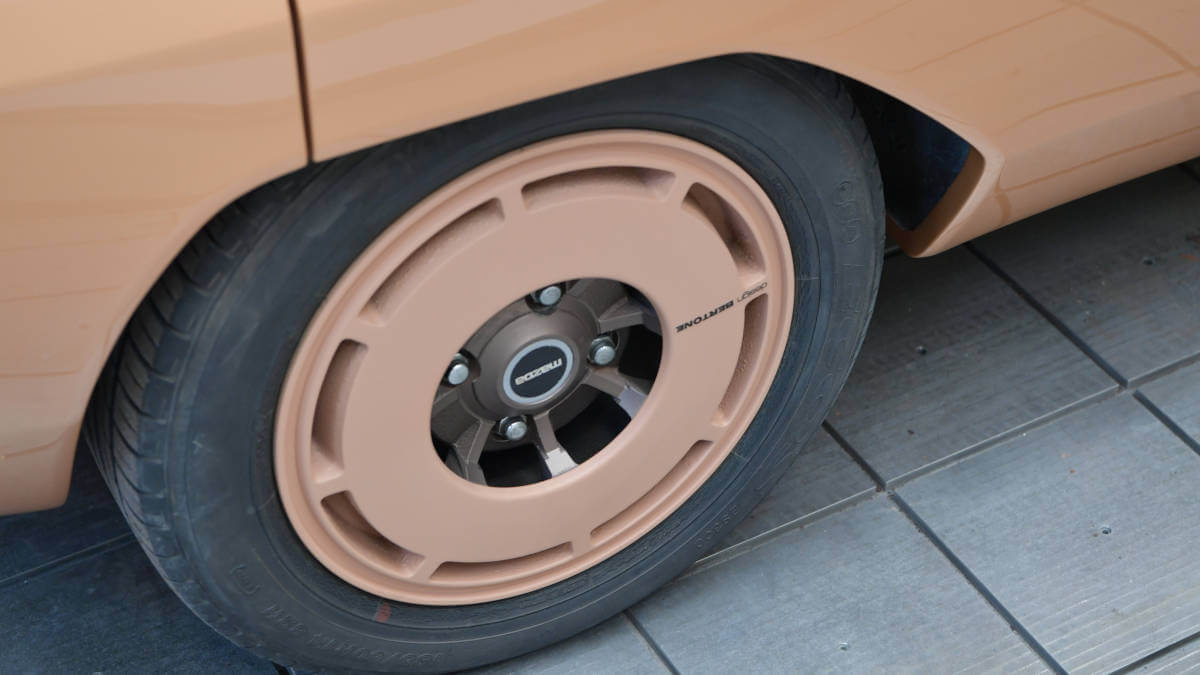



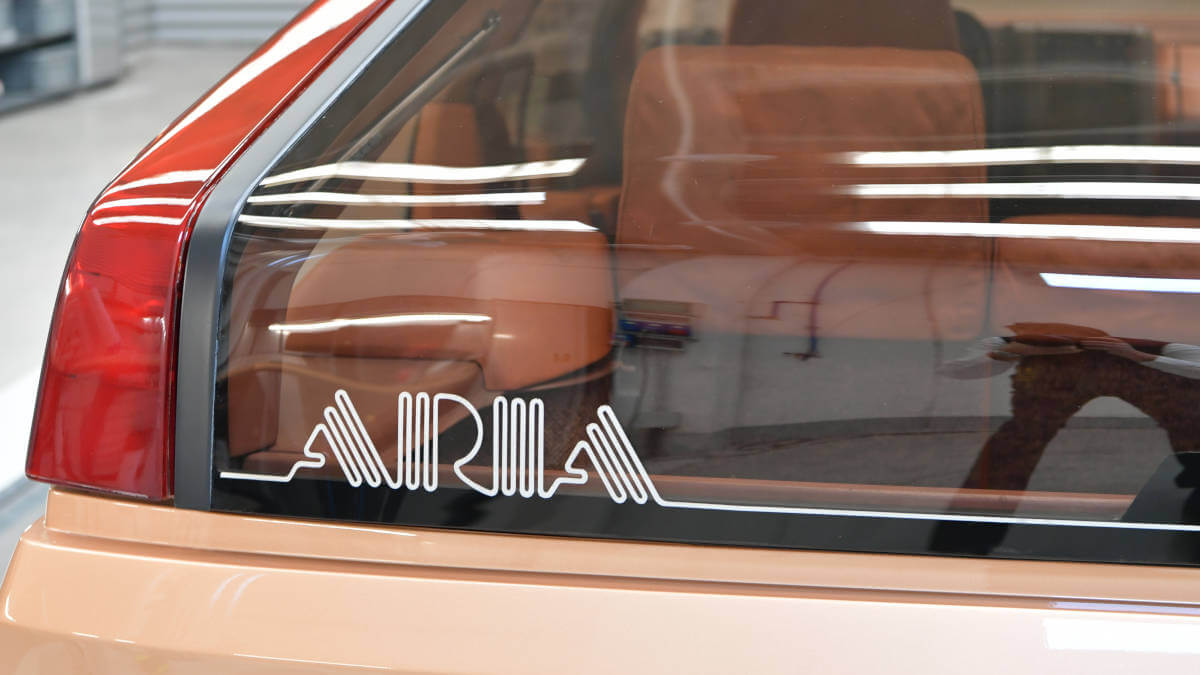



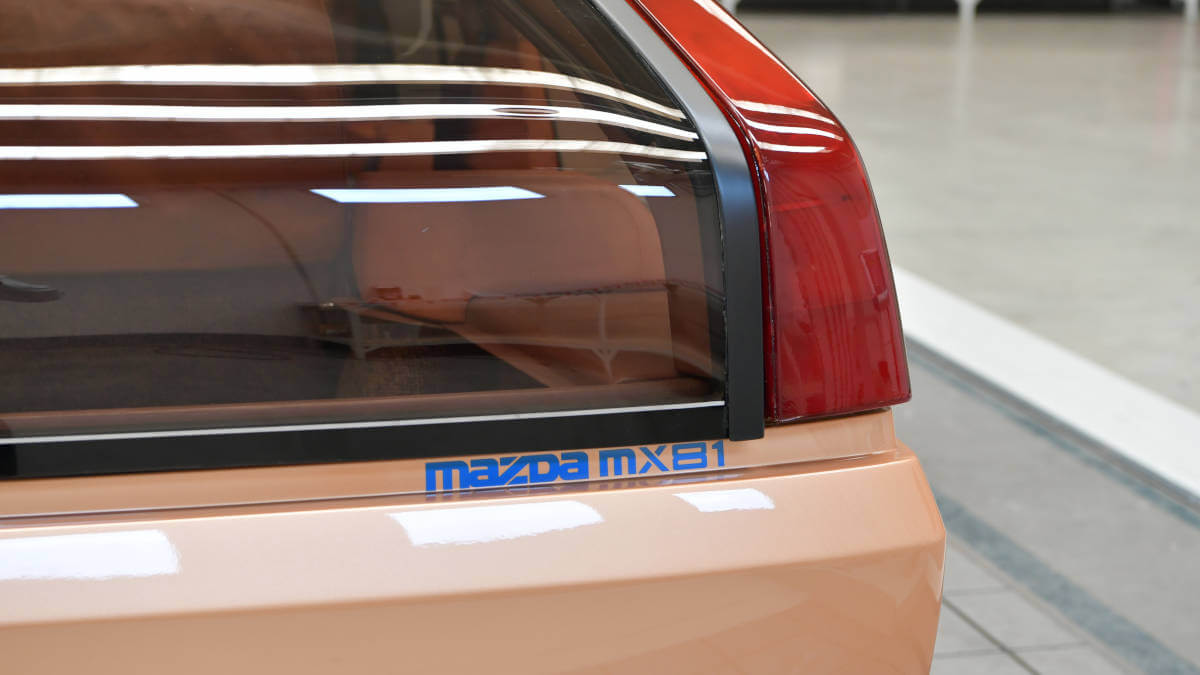



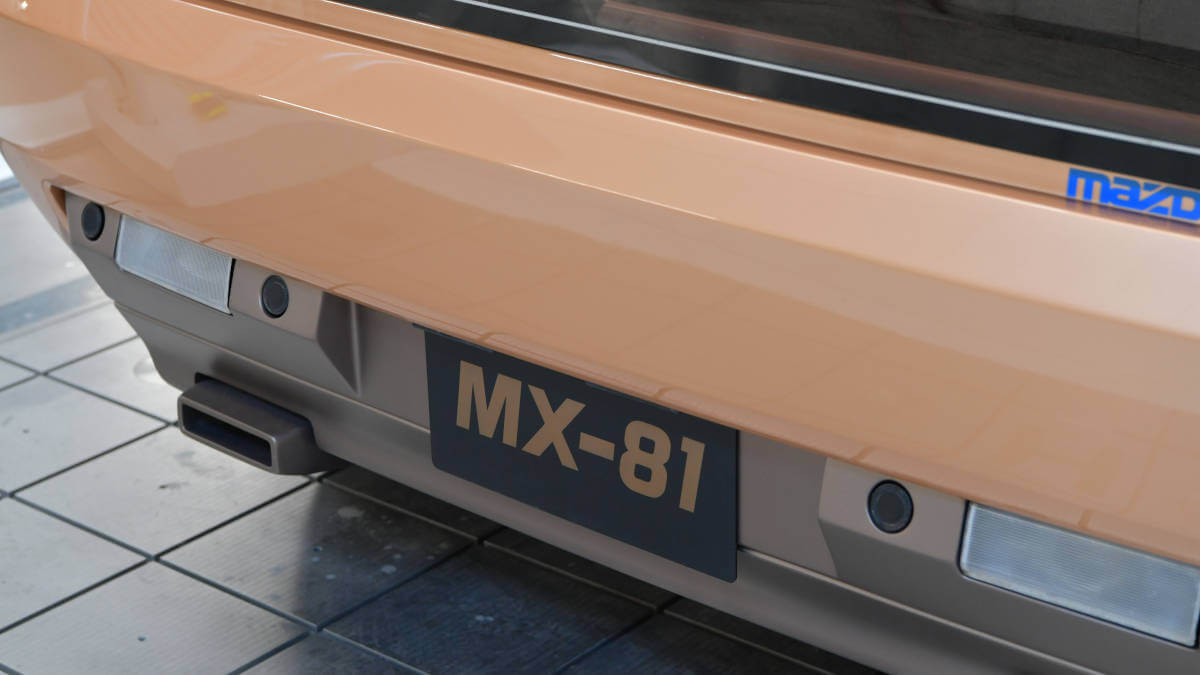



More MX cars
Two years after the MX-81 Aria, Mazda showed the MX-02 Concept as a five-door hatchback with large windows. To improve aerodynamics, the car received close-fitting exterior mirrors and wheel arch covers. A head-up display and rear-axle steering were also added. In 1985, the MX-04 followed as a sports car with a 315 hp three-rotor Wankel engine. Instead of a classic cockpit, there were digital displays, a head-up display and joysticks like in an airplane. With the MX-04, Mazda presented another sports coupé in 1987, this time with removable body parts made of fiberglass. This allowed the coupé to be transformed into an open beach buggy. Apart from the production models MX-4, MX-5, MX-6 and MX-30, there was another vehicle from Mazda with the MX abbreviation. Based on the Jaguar XJR-14 from the Sports Car World Championship, the MXR-01 was created for 1992. Together with Judd, a naturally aspirated V10 engine was mounted behind the driver. Unfortunately, the five examples built were never really able to domstrate their full potential, as the championship was discontinued after the end of 1992.
Images: Mazda, Bertone
Sie sehen gerade einen Platzhalterinhalt von Standard. Um auf den eigentlichen Inhalt zuzugreifen, klicken Sie auf den Button unten. Bitte beachten Sie, dass dabei Daten an Drittanbieter weitergegeben werden.
Weitere Informationen



